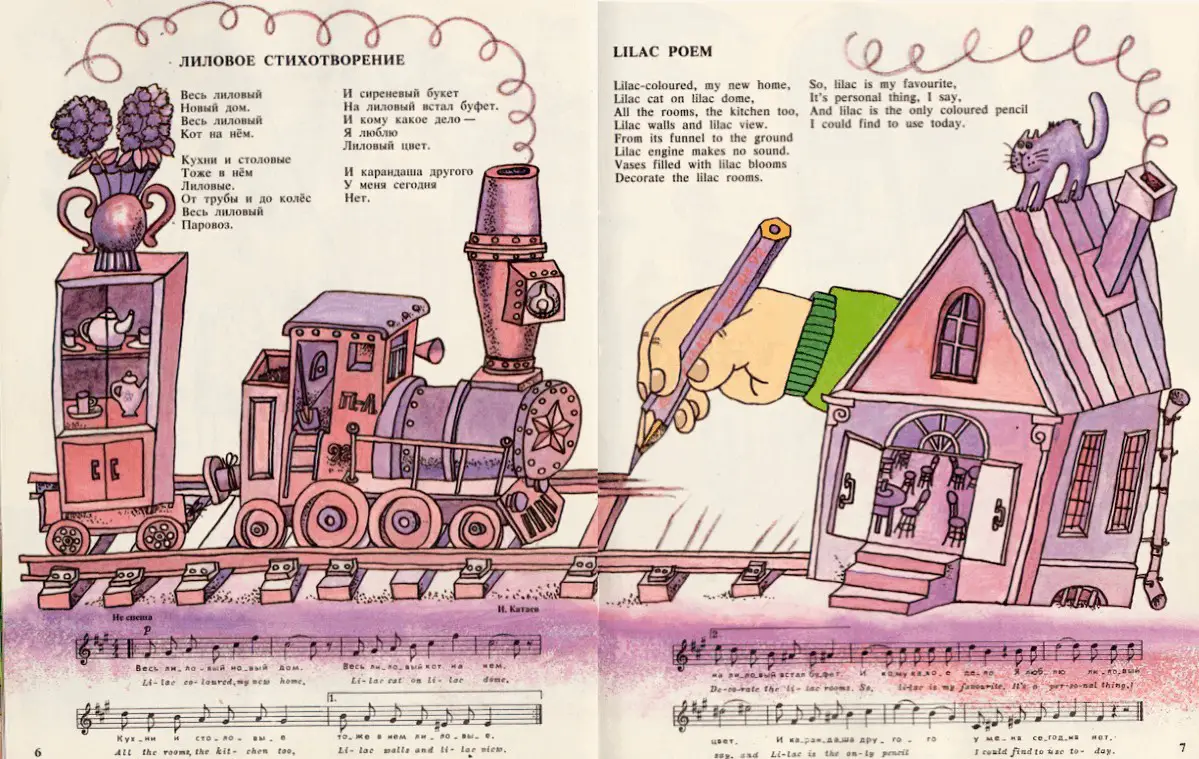Before the concept for ‘blue’ existed, Homer wrote famously in The Odyssey of the “wine-dark sea.” Sure, it might’ve looked purple even to a contemporary audience, but we know from other writings around the world that the concept of ‘blue’ was late to enter human consciousness. “The Odyssey” suggests that blue was included the concept of purple.
PURPLE IN FOLKTALES
Stories featuring the colour purple are listed in Baughman’s Type and Motif Index of the Folktales of England and North America by Ernest Warren Baughman, 1966. Read through these story summaries and you’ll get a good idea of how coats have been used throughout history. Can you see patterns?
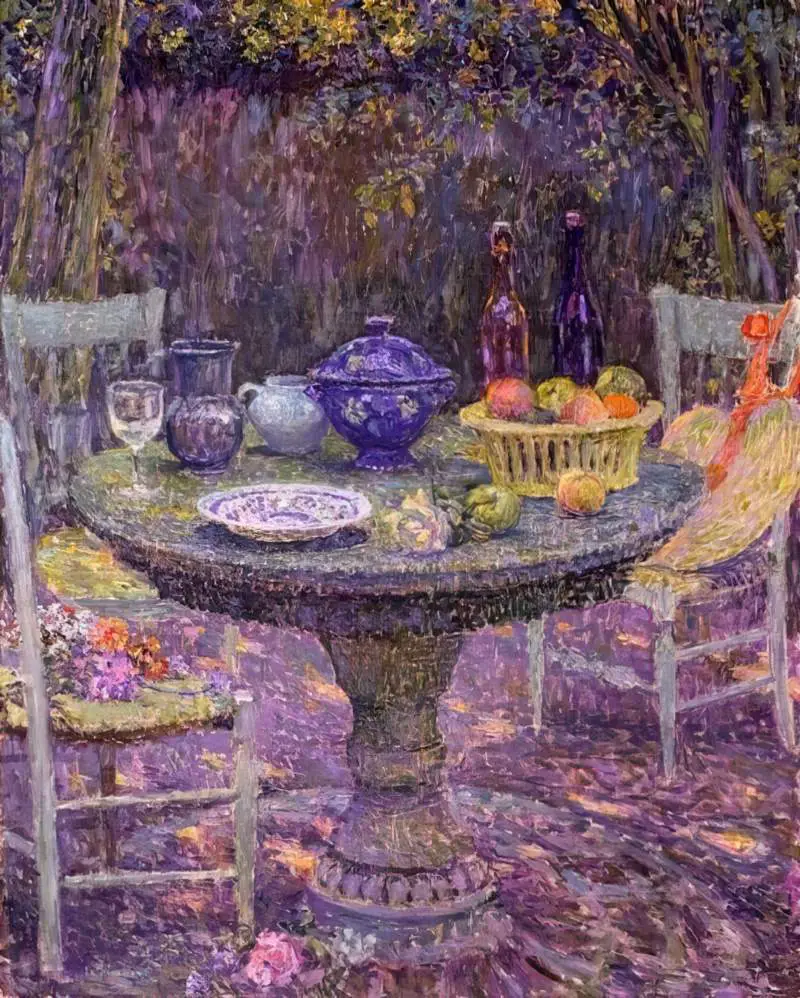
THE SCIENCE OF PURPLE
Budding artists are sometimes surprised to learn the extent to which colour mixing is scientific. We now know that secondary colours are mixed from just three primary colours, and one of those is… blue. How did we not see that before? Purple, we all learn in school, is a mixture of blue and red. Add white, you get mauve.
Here’s something else you probably learned in school: ROY G. BIV. The first formal colour notation system has only been around since 1905. This Munsell colour system had only five principal hues: red, yellow, green, blue, and purple.
How did we end up with seven, then? Those seven came from Aristotle. In the Renaissance, when artists were still trying to nut out how colour mixing worked, they (influenced by Sir Isaac Newton, who came up with an early version of the colour wheel in 1706) settled on the seven we now know from the initialism ROY G. BIV: red, orange, yellow, green, blue, indigo, violet.
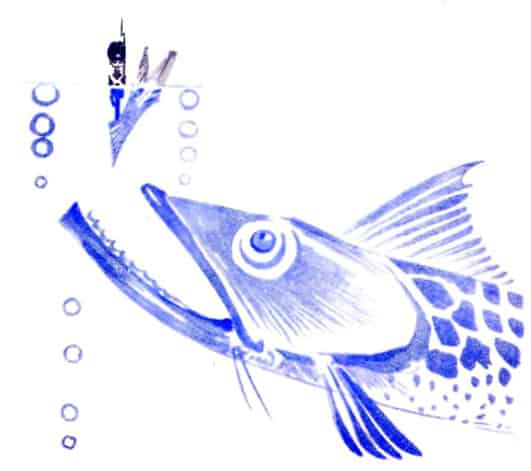
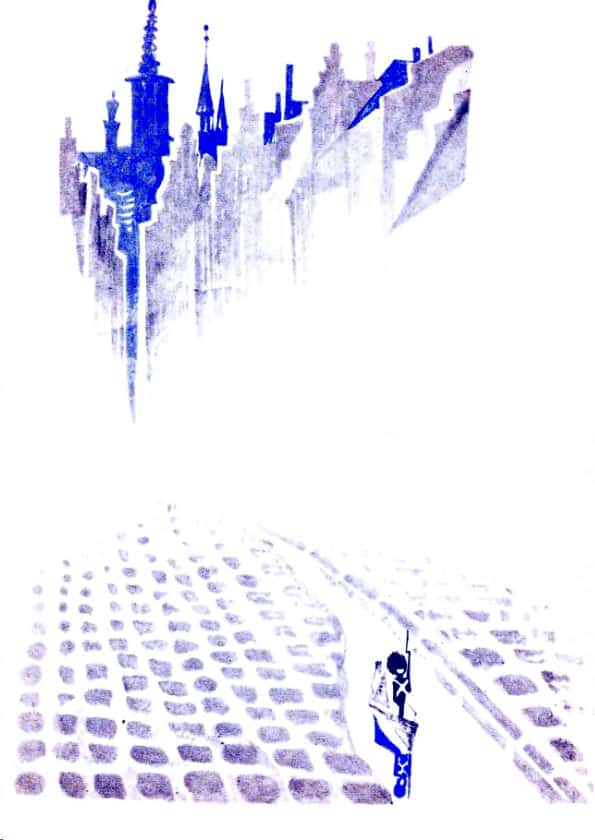
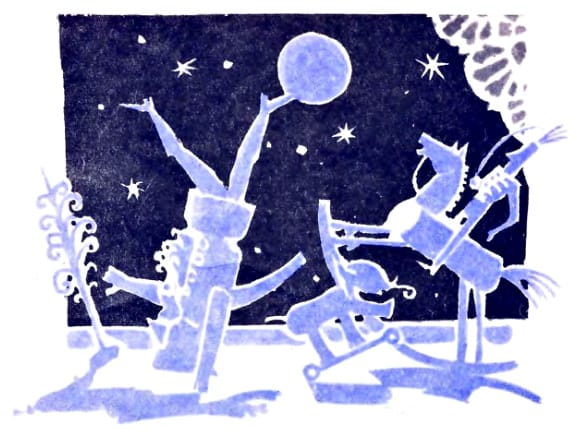
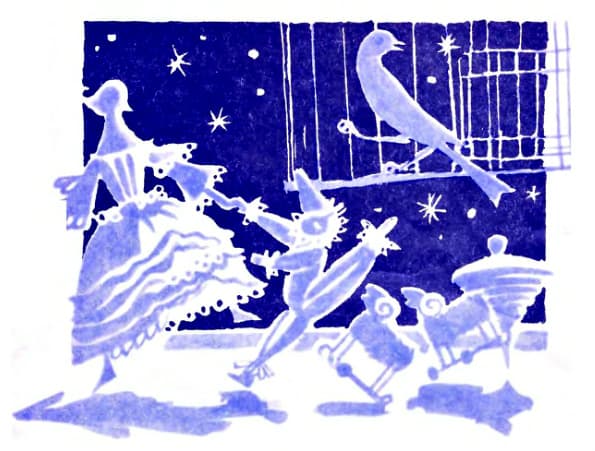
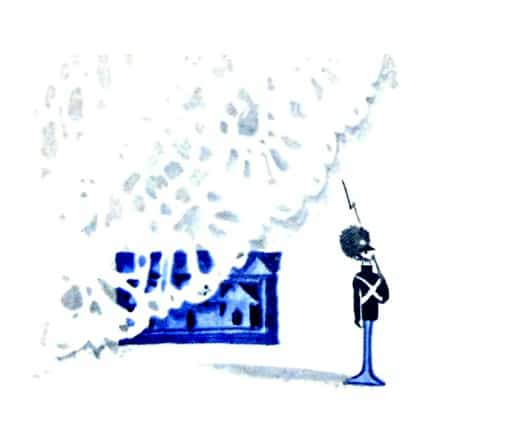
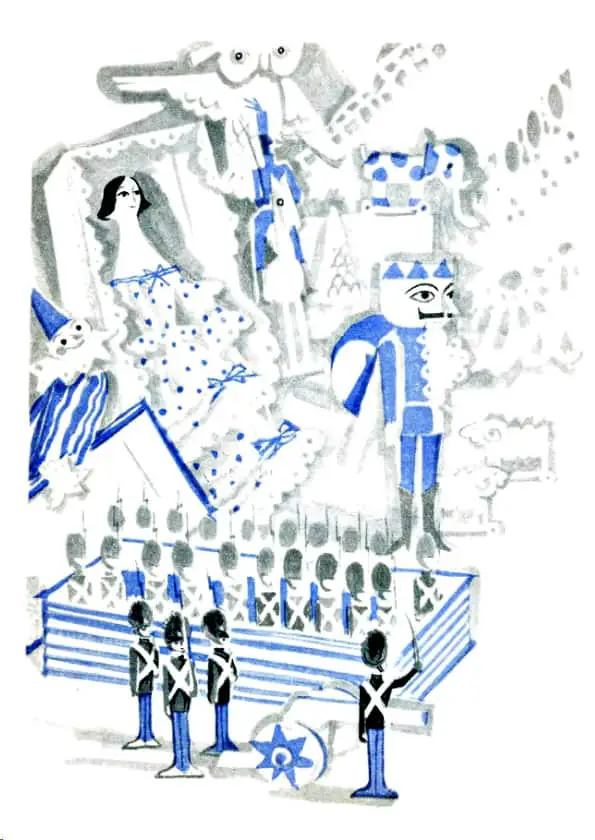
IS INDIGO A THING?
The road went up an incline. At the top he stopped. The April sky was framed by the tawny sand and the pines. It was as blue as his homespun shirt, dyed with Grandma Hutto’s indigo. Small clouds were stationary, like bolls of cotton. As he watched, the sunlight left the sky a moment and the clouds were gray.
The Yearling, 1938
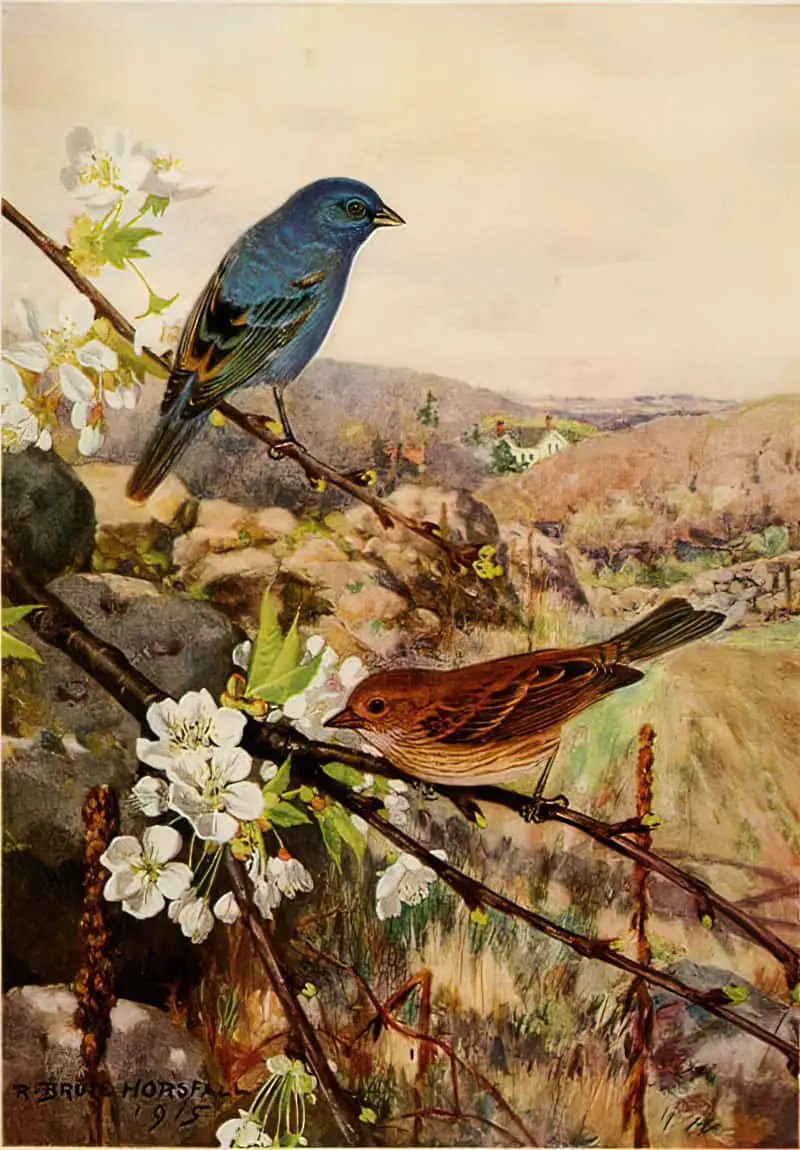
I don’t know about you, but my eyes have trouble distinguishing between indigo and violet. That end of the colour spectrum all looks purple to me. I’m not the only one; there remains controversy about whether indigo and violet are sufficiently different to warrant such distinction on the rainbow. Colour scientists no longer make a distinction; most now make a distinction between violet and blue, without the mythical ‘indigo’.
(Orange is easier for me — I’m happy for that to be left in there, as there’s clearly a different colour between red and yellow.)
Indigo (“the Indian”, “from India”) is nonetheless considered a separate colour in its own right, and indigo dye has a long history. In a long, arduous process, this bluish-purplish dye is extracted from tropical plants as a fermented leaf solution, mixed with lye, pressed into cakes and then powdered. This natural indigo has been around since Greek and Roman times. It was popularised in India, China and Japan, nearest to where these tropical plants are found.
Computers have cemented our collective notion of colour distinction, at least for people working with computer graphics:
Violet: rgb(238,130,238)
Purple: rgb(128,0,128)
Indigo: rgb(75,0,130)

MAUVARINE
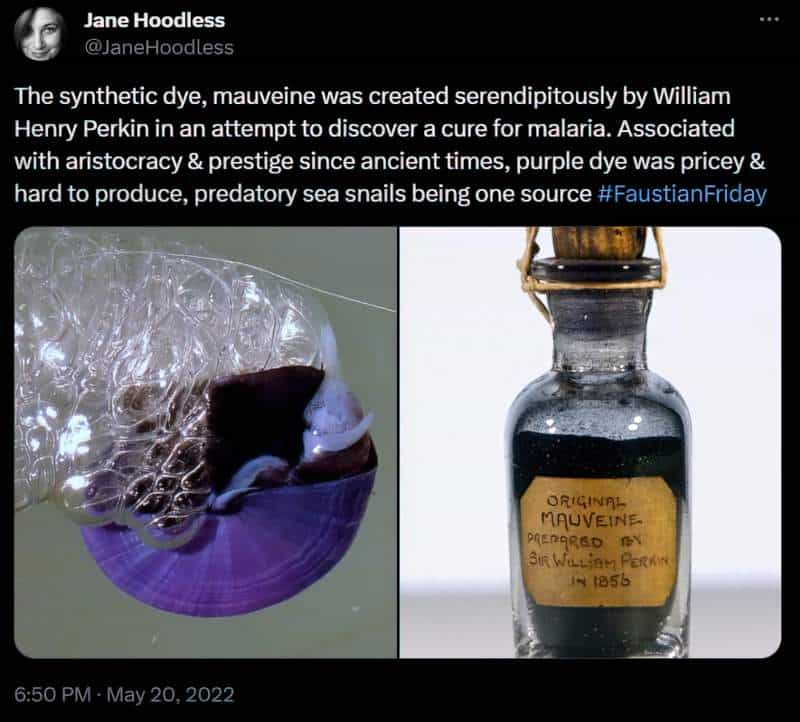

PURPLE AND ROYALTY
In both Greco-Roman and Judeo-Christian symbolic systems, purple serves as a mark of class and aristocracy.
Purple dye used to be so expensive that only rulers could afford to dye their fabrics with it. British royalty used to get theirs from the Phoenician trading city of Tyre (modern-day Lebanon). This Lebanese purple was made of molluscs. More than 9,000 molluscs were needed to create just one gram of Tyrian purple.
Queen Elizabeth I banned non-royals from wearing it. A law designed to restrict excessive personal expenditures in the interest of preventing extravagance and luxury is known as a Sumptuary Law, and Queen Elizabeth was as fond of these laws as she was of the colour purple.
Purple clothing became far less expensive in the 1800s when English chemist Henry Perkin accidentally discovered how to create purple synthetically. He was actually trying to make an anti-malarial drug.
In this episode of Talk Nerdy, Cara speaks with Dr. Helen Pates Jamet, a medical entomologist who specializes in malaria prevention, research, and vector control product development. She works as the Global Head of Research and Market Access for Vestergaard, the world’s largest producer of long-lasting insecticidal bed nets. They talk about the global impact of malaria, a devastating disease that infects over 200 million people and causes nearly half a million deaths annually. Helen shares the incredible work she and others like her are doing to reduce transmission.
Malaria w/ Helen Pates Jamet
Purple is now affordable for everyone, but the connection to royalty remains, at least in art.
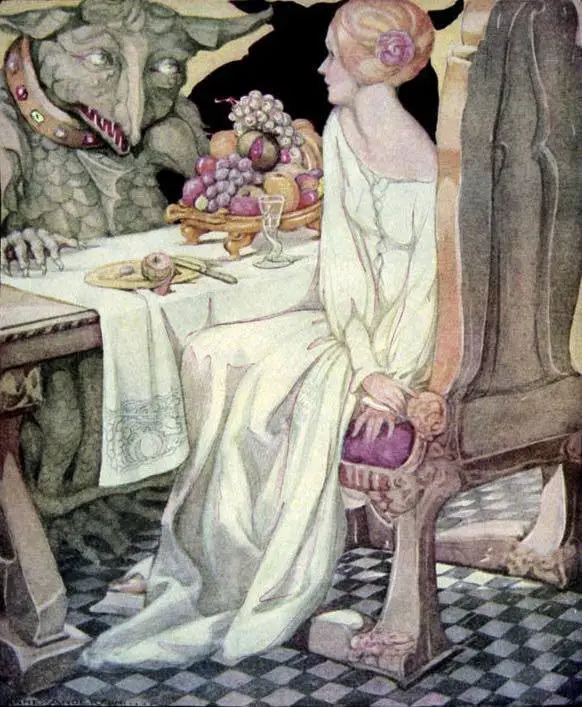
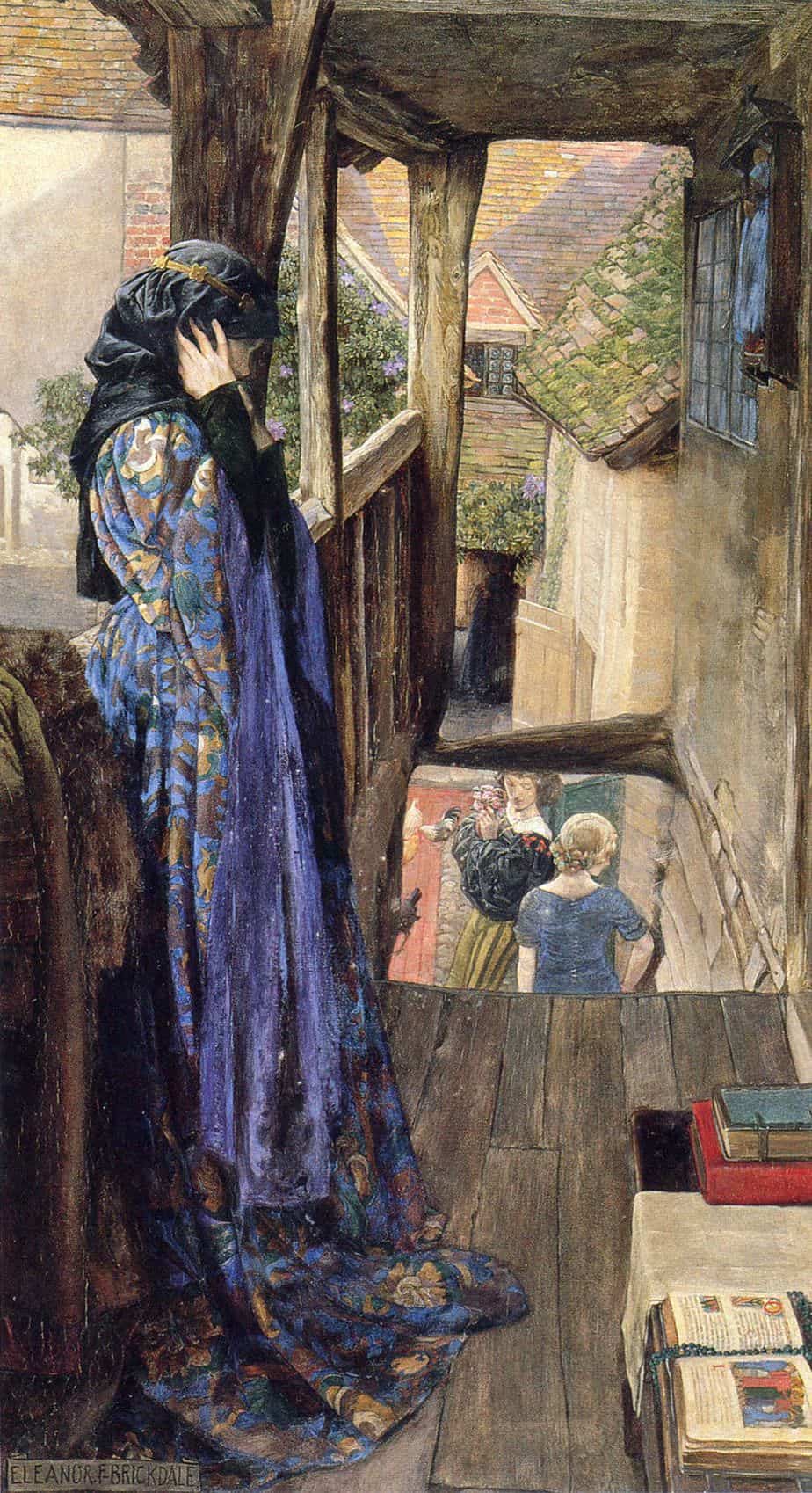
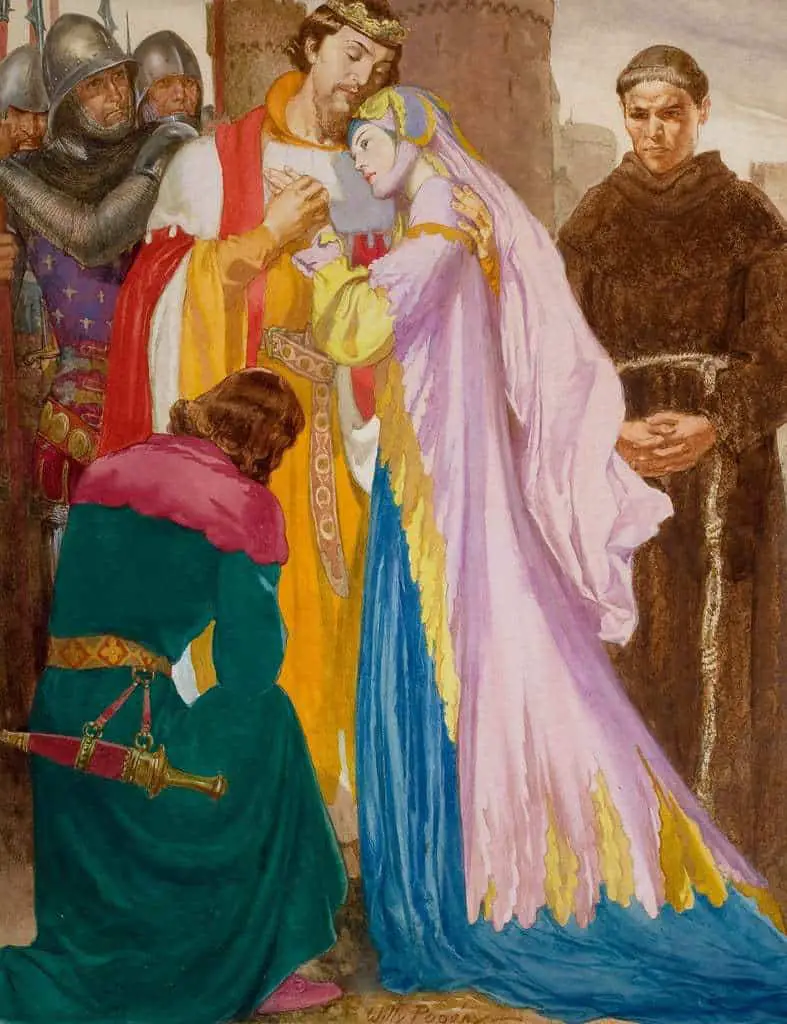
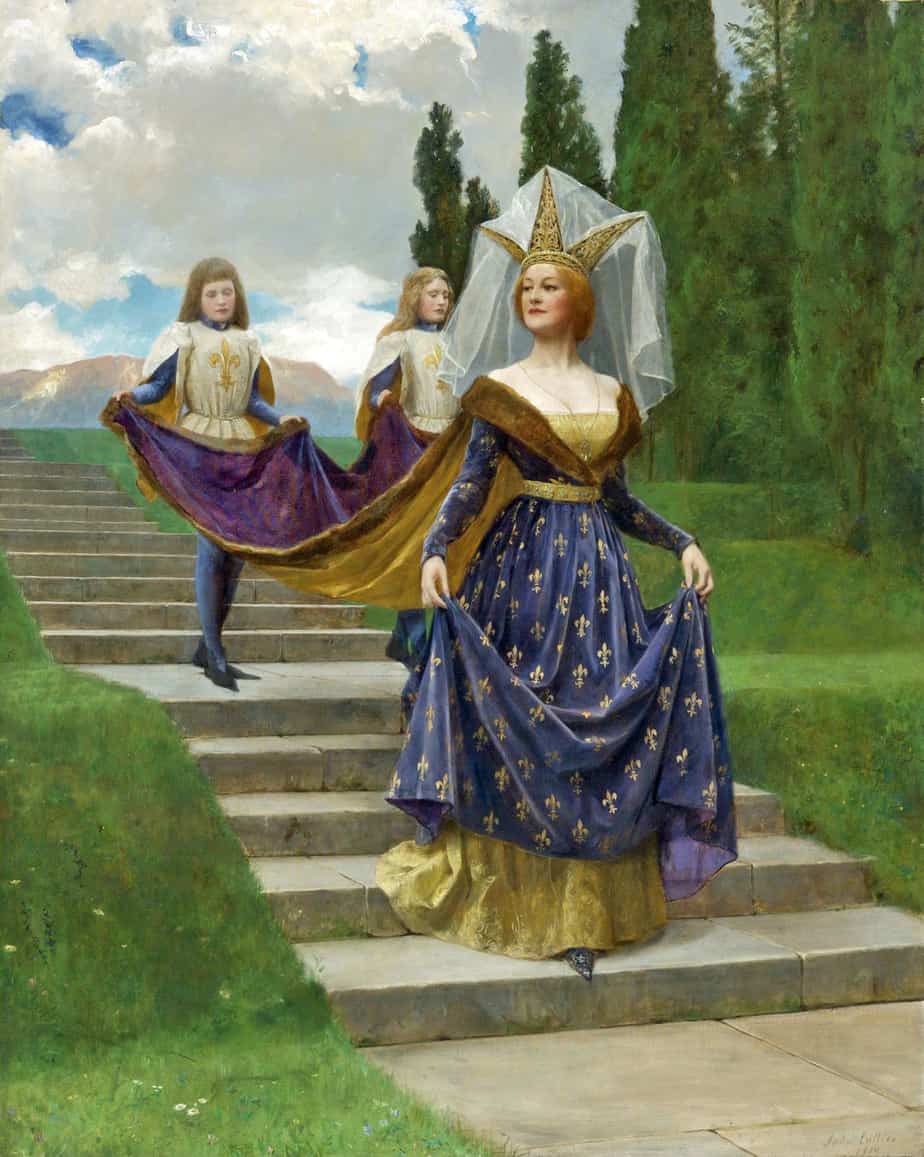
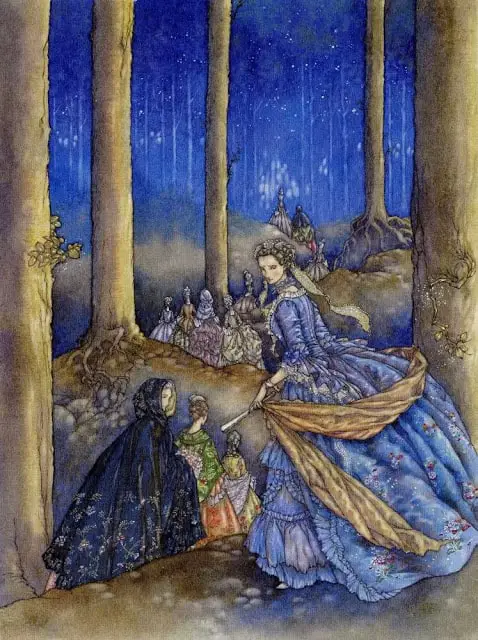
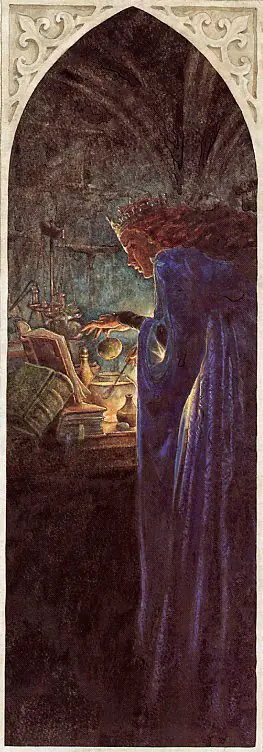
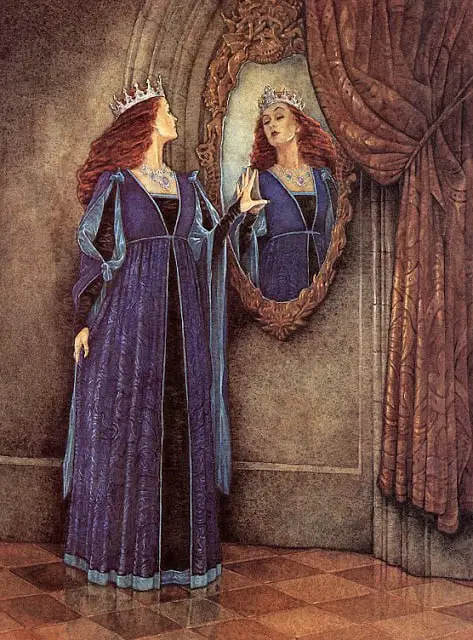
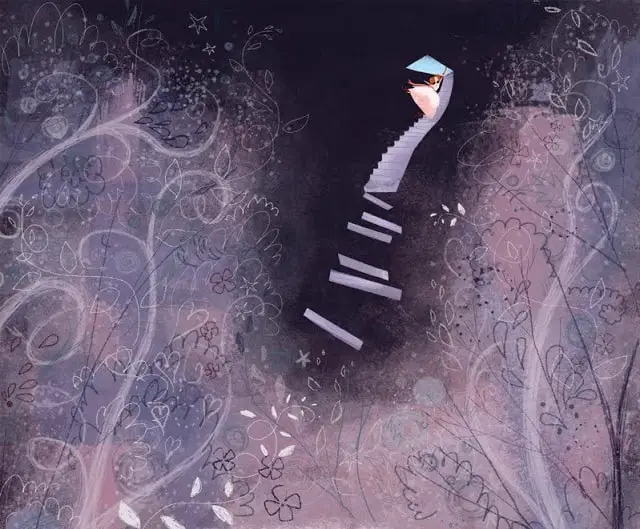
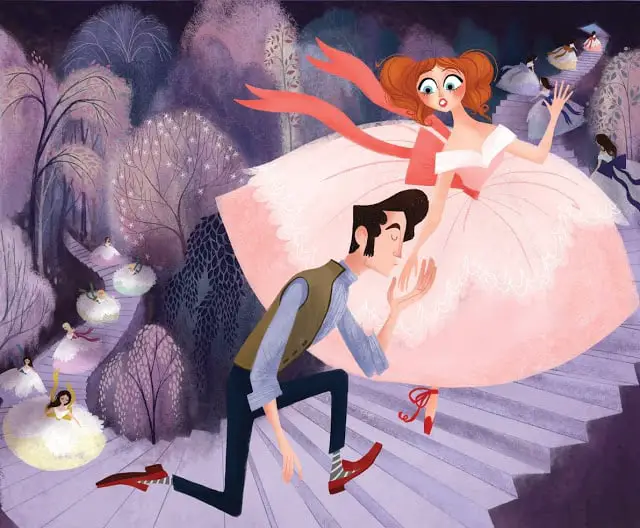
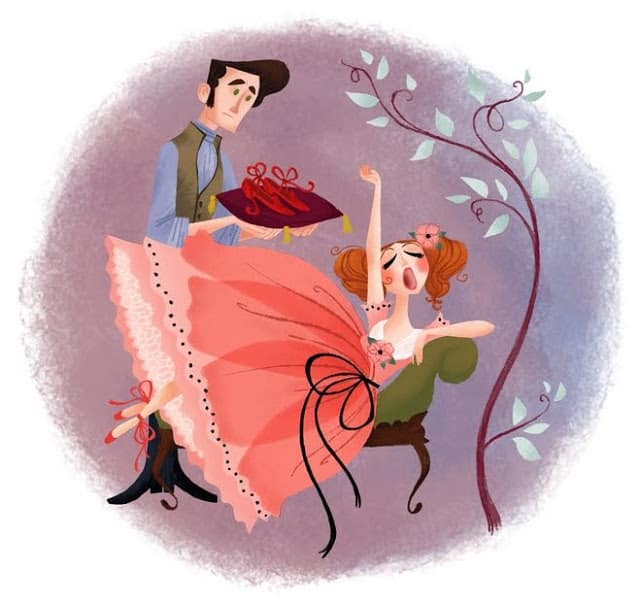
Paul Zelinsky (ironically?) dressed his Rumpelstiltskin in purple. A creature who can transform objects into gold is clearly rich, though he seems to be wannabe royalty — all of the riches, none of the social capital.
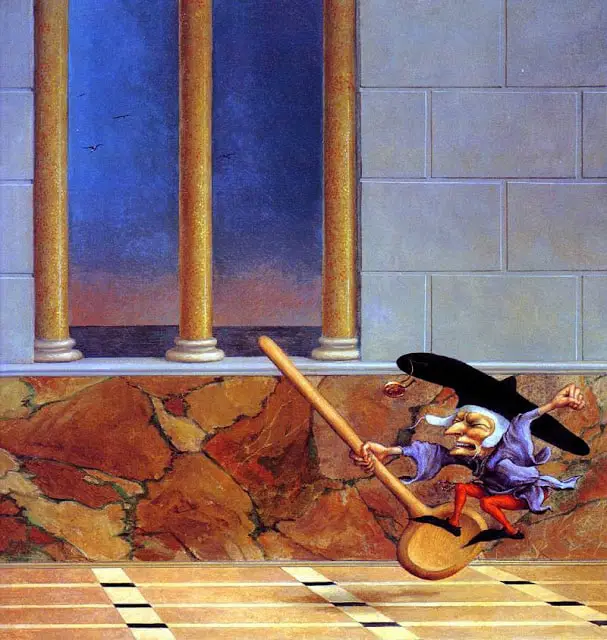
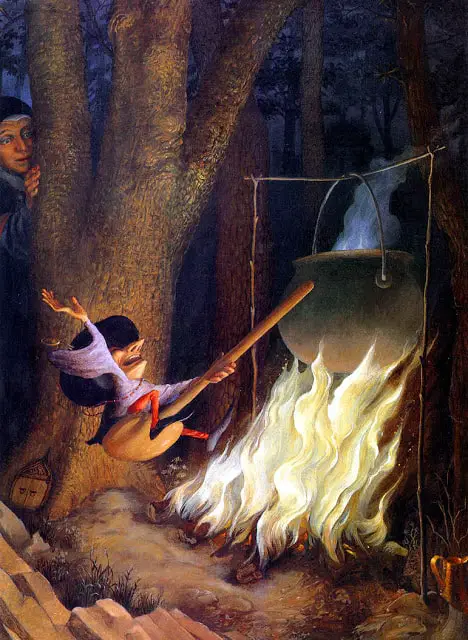
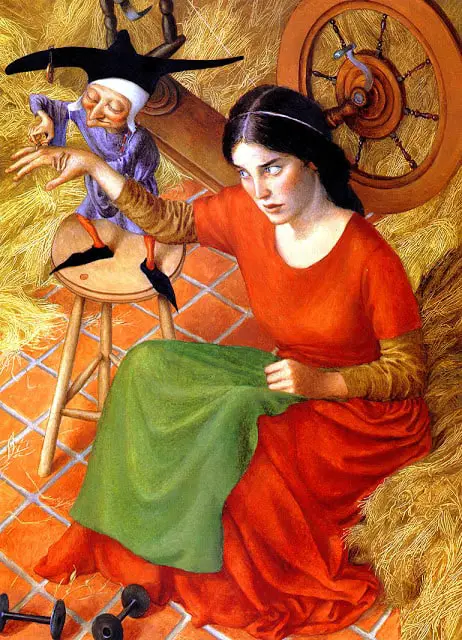
PURPLE AND FEMININITY
Purple, like pink, is considered a feminine colour. I’ve noticed a general reluctance on the part of some men to even let on to their mates that a colour such as ‘mauve’ even exists in their active vocabulary. (That said, the idea that only femme people should know and use specific colour names isn’t limited to variations on purple.)
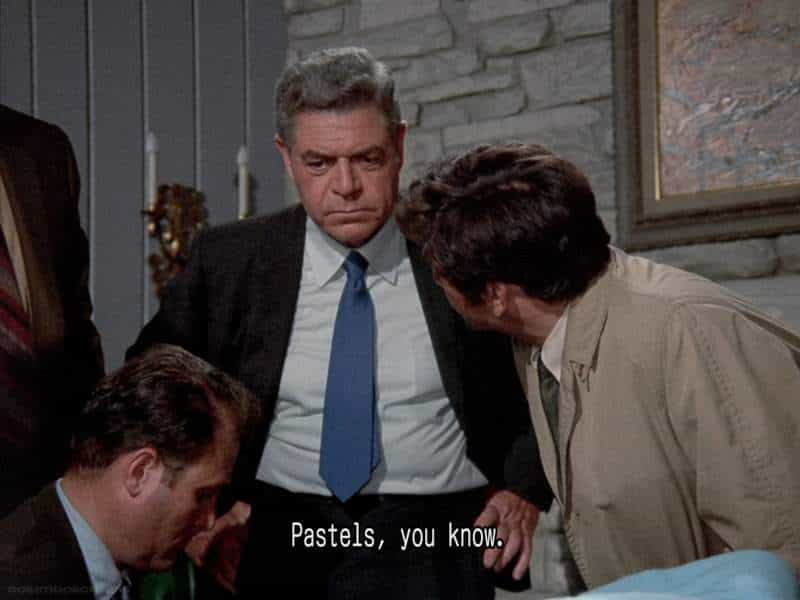
Rosamund and the Purple Jar is a children’s story from the earliest era of stories aimed at youngsters. Some modern commentators have said that the entire thing is an allegory for a girl’s first experience of menstruation.
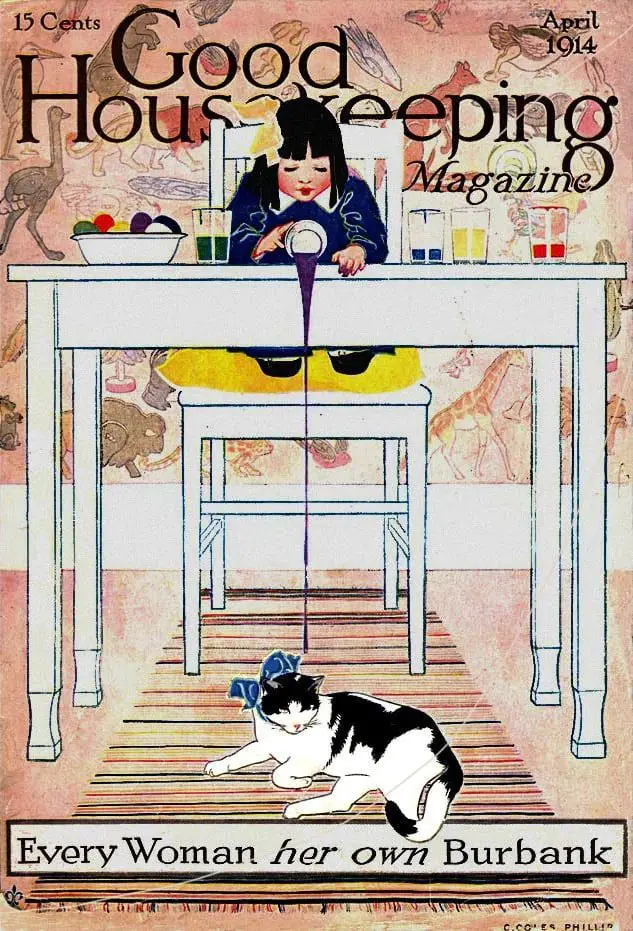
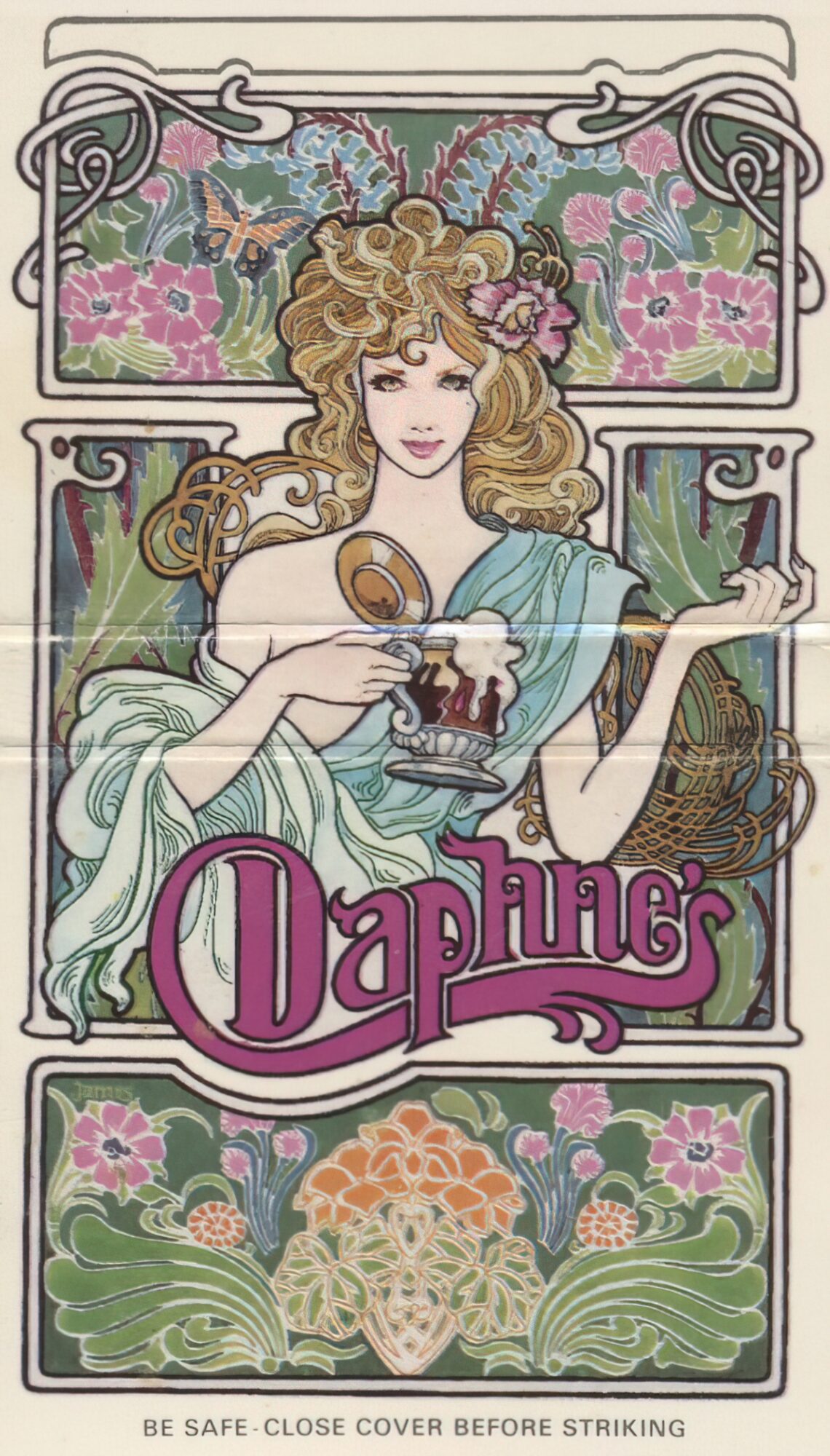
INDIGO CHILDREN
Indigo children, according to a pseudoscientific New Age concept, are children who are believed to possess special, unusual, and sometimes supernatural traits or abilities. The idea is based on concepts developed in the 1970s by Nancy Ann Tappe and further developed by Lee Carroll and Jan Tober. The concept of indigo children gained popular interest with the publication of a series of books in the late 1990s and the release of several films in the following decade.
Wikipedia
Notably, children designated “indigo” tended to be girls. Parents were clearly searching for some way to describe a certain way of living in the world, before the labels existed, and before it was believed girls can be autistic (as well as boys). It would be interesting to know which proportion of those girls labelled as “indigo” in the 1970s and 80s would today be called autistic.
PURPLE AND THE INBETWEEN
A fancy word for the ‘inbetween’ is ‘liminal‘. Below, the purple may represent night-time (as it often also does) or it might also represent the state of falling asleep, an inbetween time.
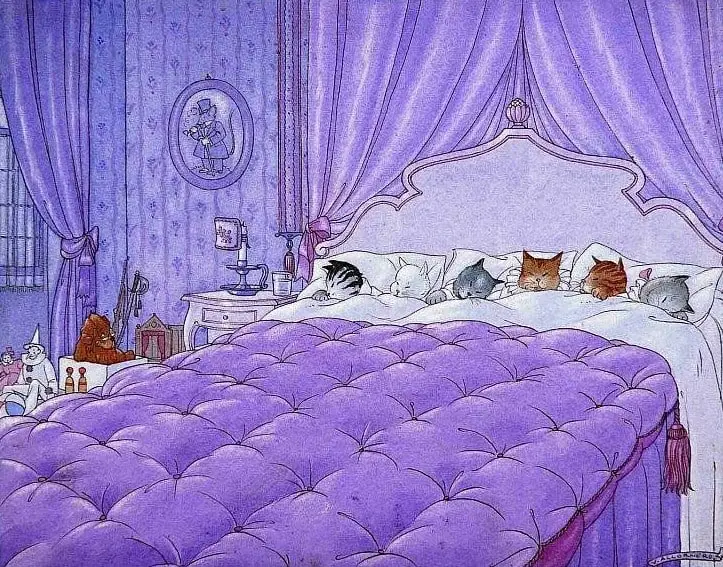
PURPLE AND ROMANTIC LOVE
Since we live in a heteronormative culture in which blue equals boys and pink equals girls, I wonder if the in-between colour of purple contributes to the modern association between purple and romance.
This clearly isn’t where the connection comes from, though, because blue and pink has only been bifurcated by assigned gender at birth since the 1940s. Before that, it was thought that pink, being a more decided and stronger color, is more suitable for boys, while blue, which is more delicate and dainty, is prettier for girls.
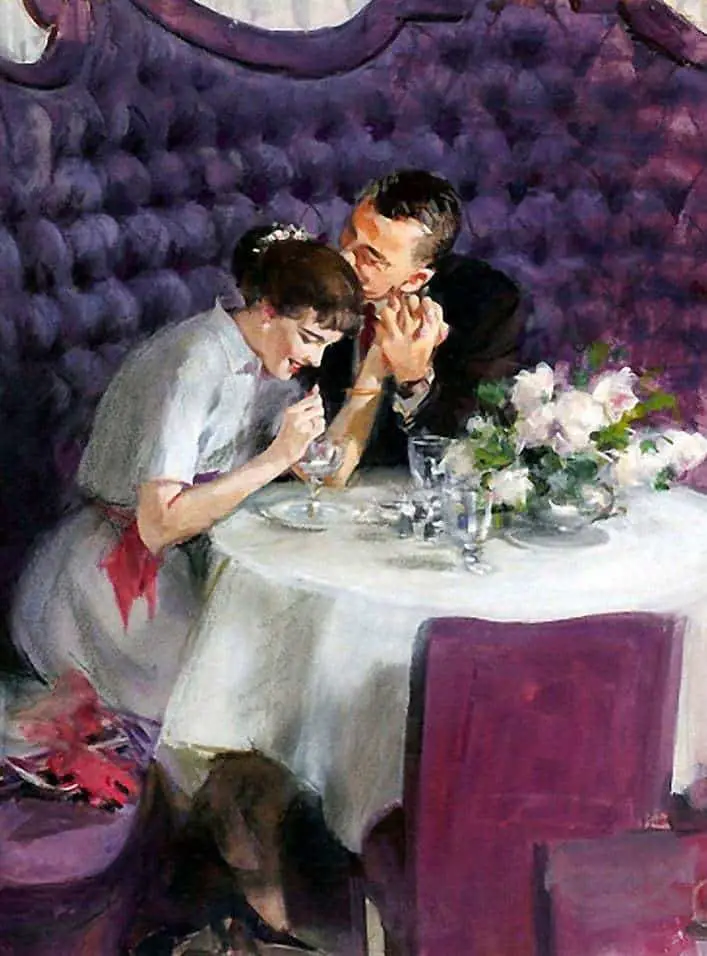
I suspect the association between purple and romance is more connected to the connotations of ‘excess’.
PURPLE AND POISON
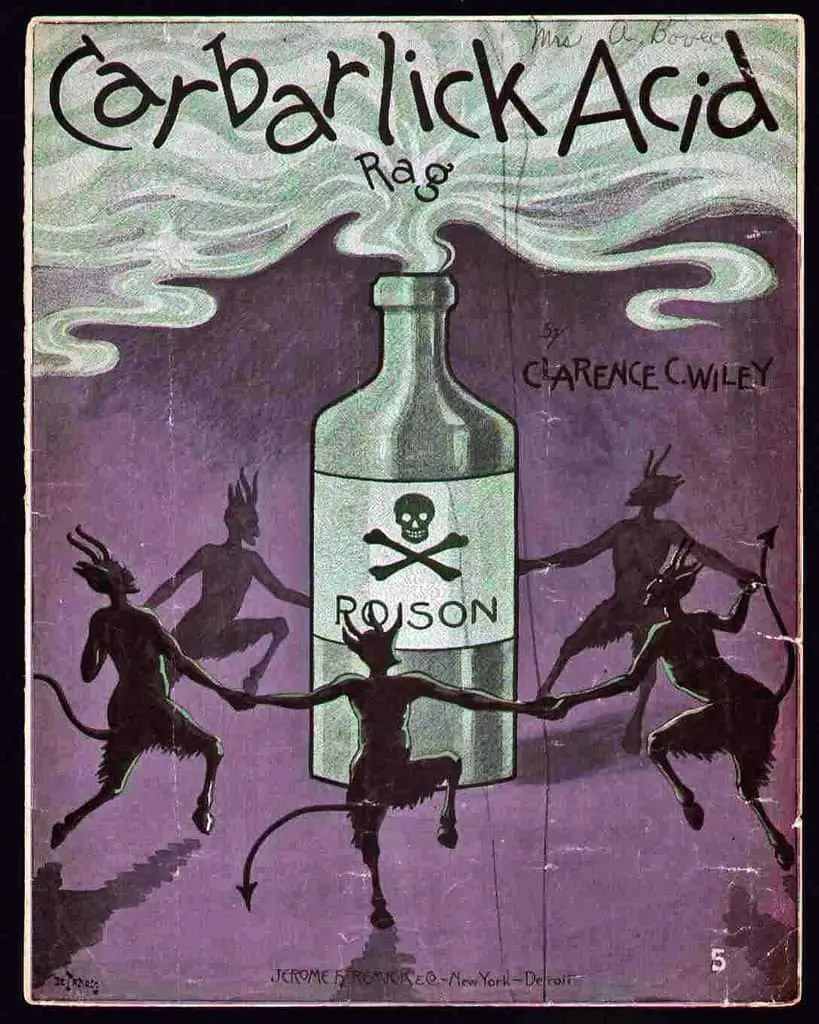
PURPLE AND MOURNING
Whereas once purple and blue were seen as the same thing, these days (and I include Victorians in ‘these days’) purple seems to indicate some kind of in between state. In Victorian mourning attire, black equals death; purple equals some halfway spot between life and death.
Male mourning attire was fairly simple: mourning coats early on in the period and black bands on their hats and black gloves later. Women’s mourning attire would often consist of a black crepe dress, complete with black caps and even black ribbons tied to the underwear. Later during a period of “half mourning” women would be permitted to wear purple or grey. In addition to this women were expected to be isolated in mourning. Where men might be able to work through their grief, women were expected to stay at home, with visitors only allowed after the mourning period was over.
Victorians and the Art of Dying
PURPLE AND ‘TOO MUCH’
Purple is connected to a generalised ‘intensity’ of feeling, and what’s a more intense feeling than the limerance of early love?
PURPLE AND THE RAINBOW COMMUNITY
Purple is the color of the bisexual community since it combines pink (the symbol for the gay community) and blue (the symbol for the heterosexual community).
The asexual flag (created 2010) includes a purple stripe. The purple stripe represents community.
Purple on the non-binary flag stands in for those who feel both binary male and female or fluid between them.
Most but not all of the queer pride flags include purple.
The Complete Guide To Queer Pride Flags
PURPLE AND MAGIC
Everything is strange splendid and plum purple.
When The Sky Is Like Lace
In picture books, purple evokes an air of mystery. Genre-wise, purple links to fantasy.
A psychological study by Lois Wexner suggests that most people associate purple with stateliness and dignity, I suspect because of its cultural connections with royalty; but in picture books, it is usually associated with the effects of moonlight, darkness and mystery.
Words About Pictures, Perry Nodelman
Janet and Anne Grahame-Johnstone make use of purple for a magical scene of Sleeping Beauty. (The entire story is magical, but some of the magic is more on the page.)
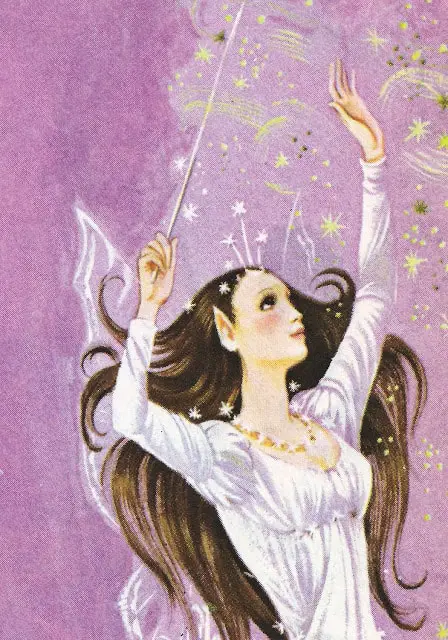
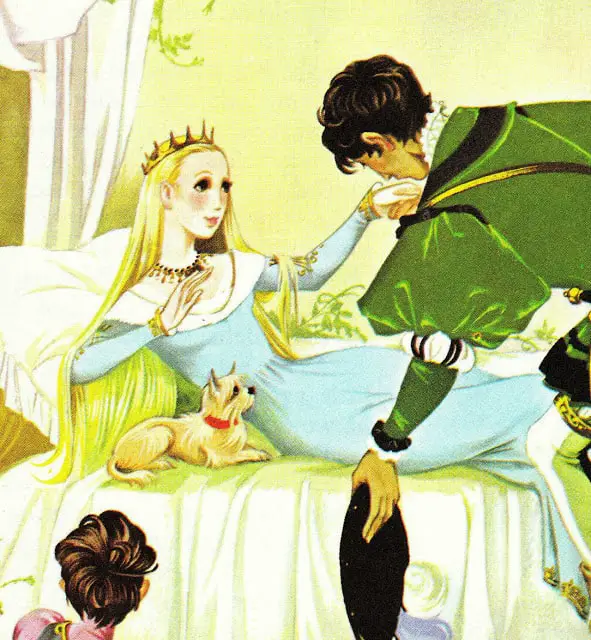
The goblins of Sendak’s Outside Over There wear purple cloaks and reside in a purple-toned cave.
The pictures for Chris Van Allsburg’s Wreck of the Zephyr, a fantasy about a flying boat, are predominantly purple, for fantasy reasons.
Mabel Lucie Attwell’s purplish palette for Peter Pan:
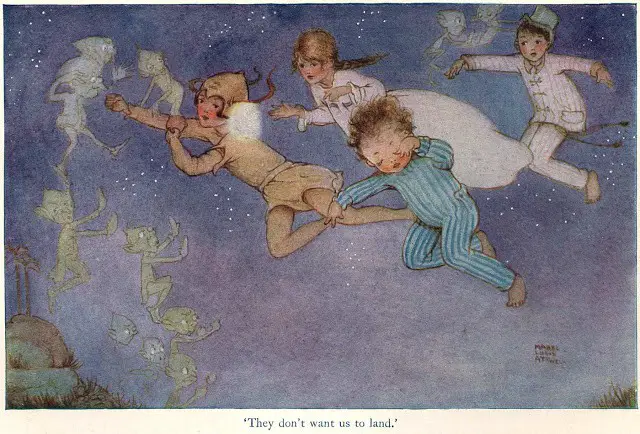
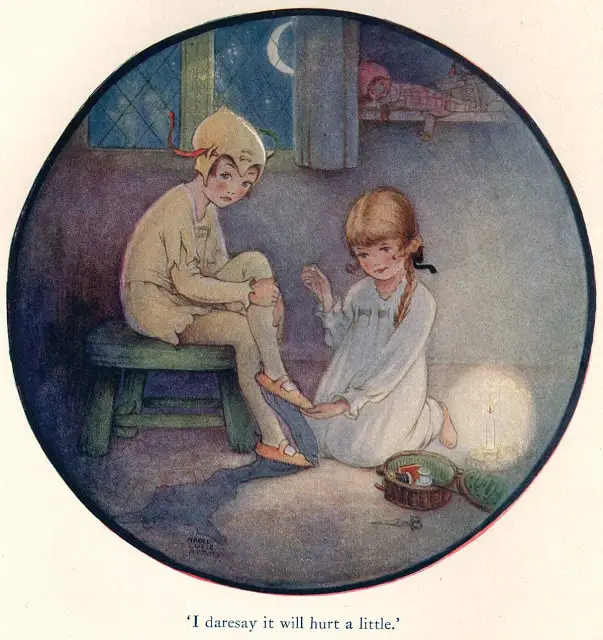
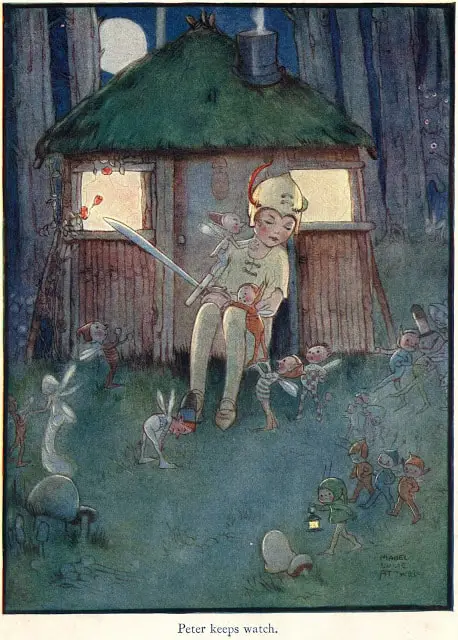
Illustrators sometimes make use of the following technique: They will shift the colour palette from earthy tones to purplish tones as their main characters move from reality into fantasy worlds/imagination.
Illustrator Susan Jeffers makes much use of purple in her work. In Wild Robin the pictures of Robin’s boring everyday life are depicted in mainly browns and greens, whereas the mystical land the fairies take him to are suffused with violet, a colour often associated in picture books with fantasy.
Mikhail Bychkov’s illustrations for Jack and the Beanstalk also make use of an earthy tone for the ‘ground’ scenes and purples for the ‘sky’ scenes.
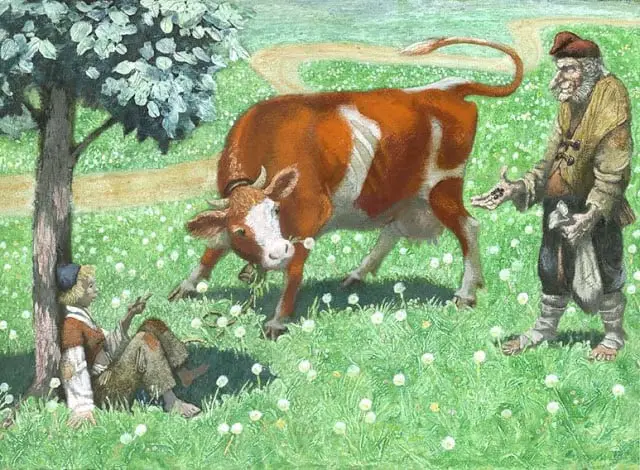
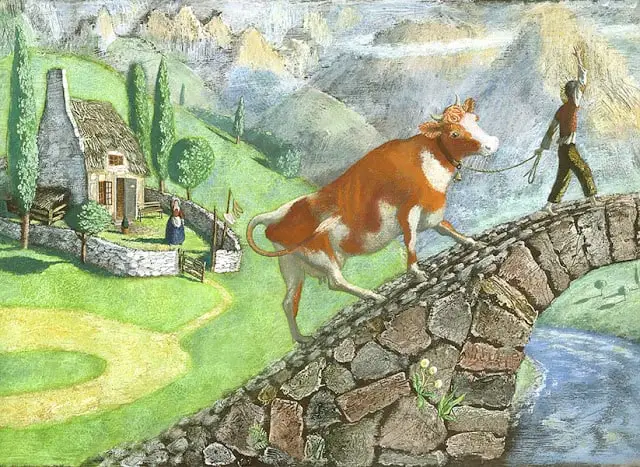
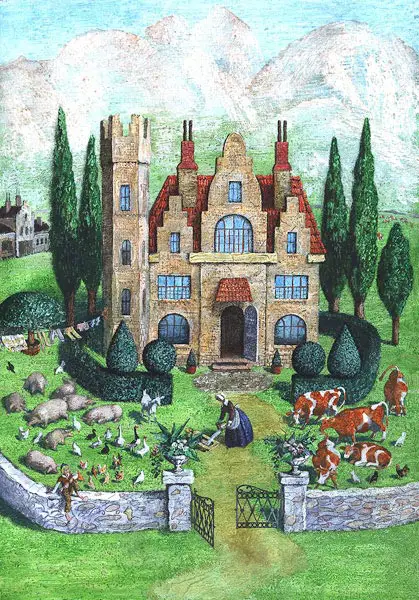
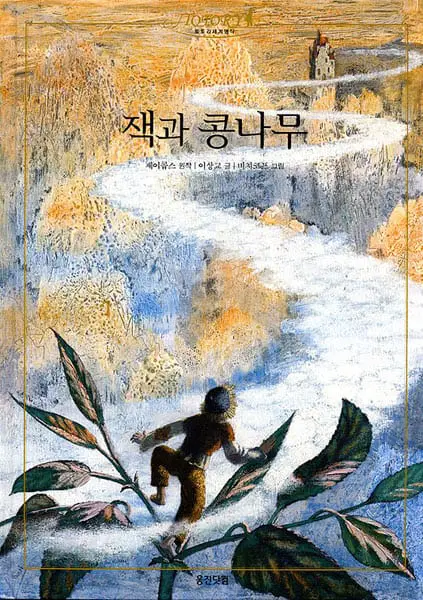
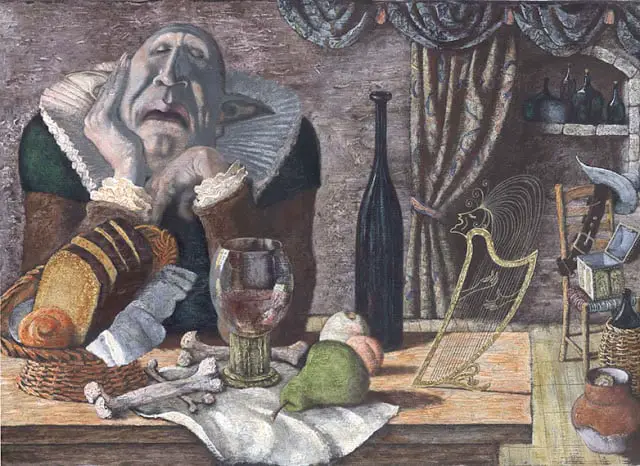
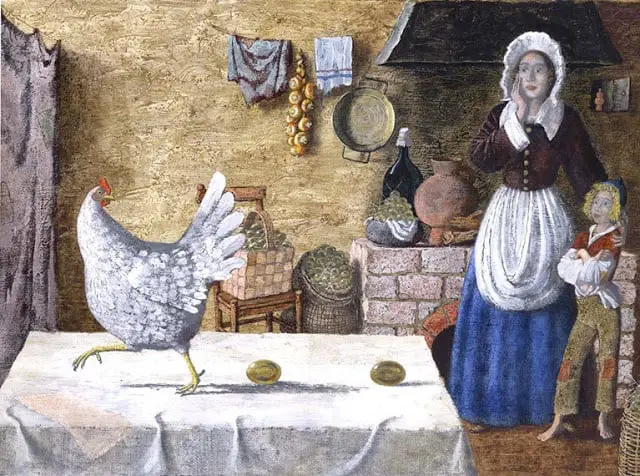
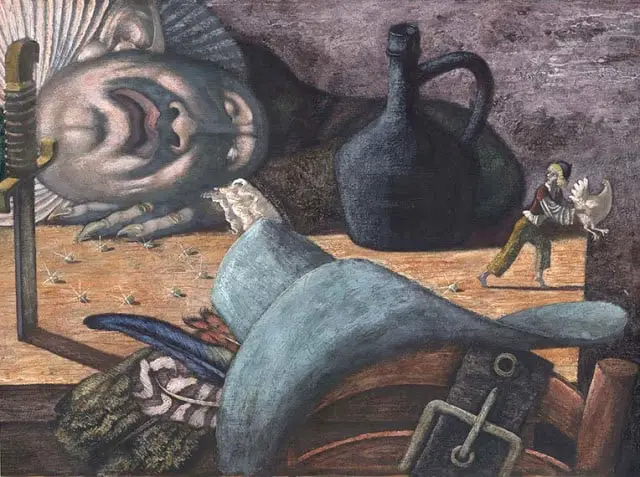
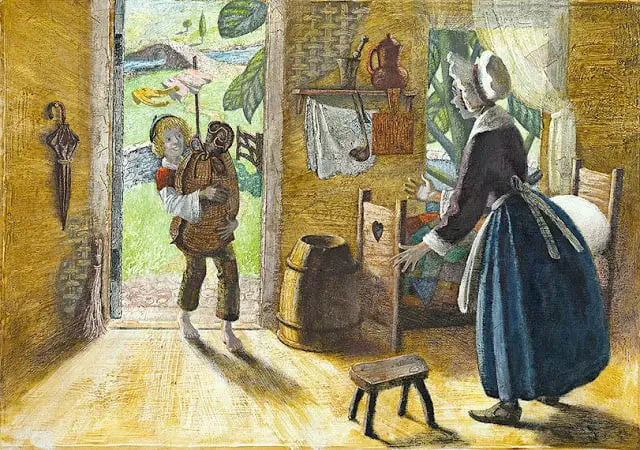
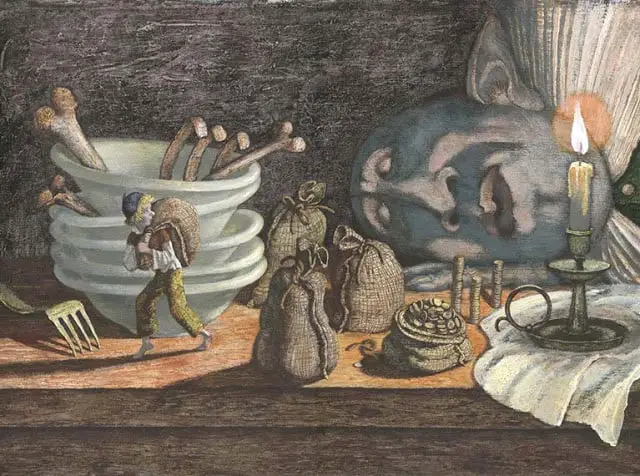
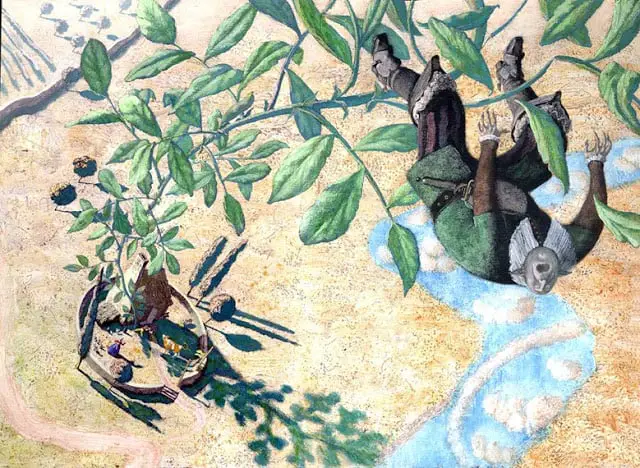
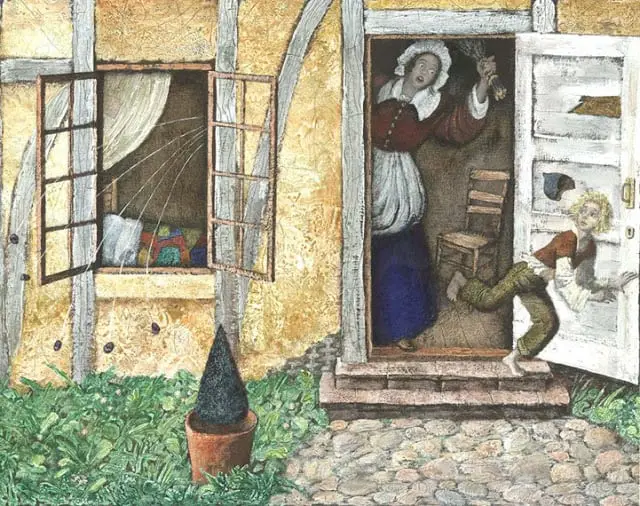
Janusz Stanny’s illustrations for The Snow Queen are blues and purples, contrasting with lush greens of the earth.
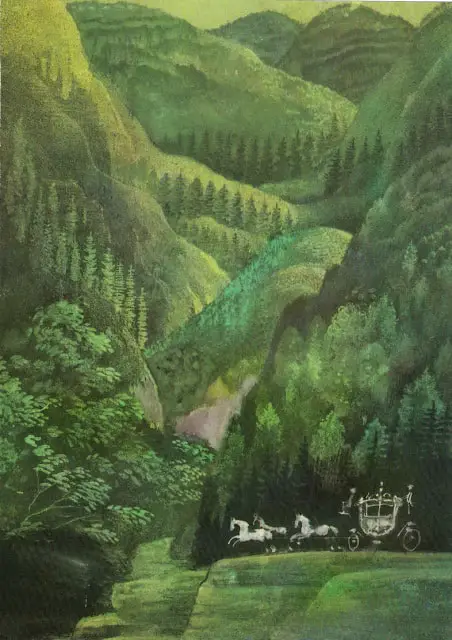
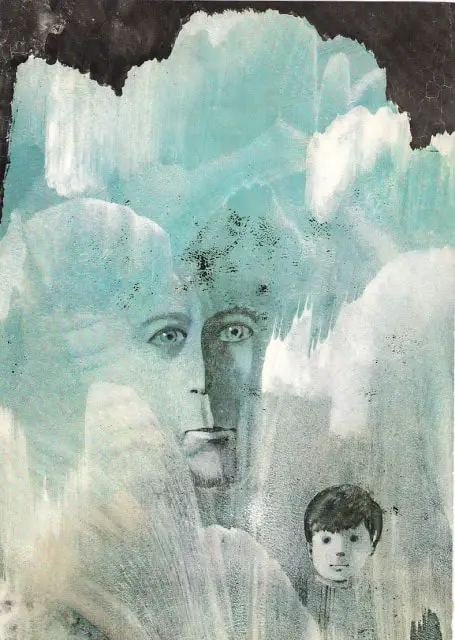
The forest that grows in Max’s room in Where The Wild Things Are is a combination of purplish blues and purplish pinks. The palette shifts as Max sinks more deeply into his emotional fantasy about wild creatures.
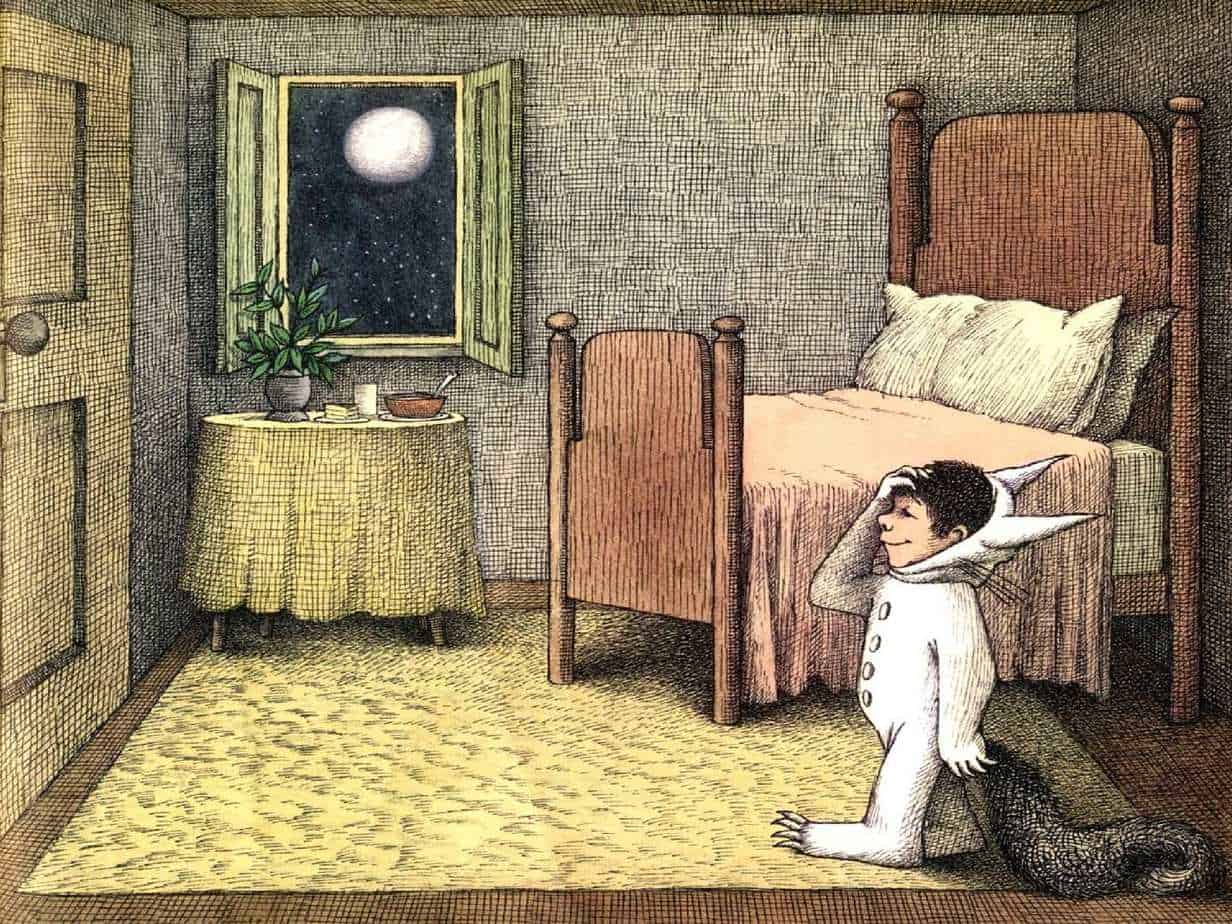
In Raymond Briggs’s The Snowman, the pink bedspread and curtains of the boy’s room become purple in the night light in which he awakes to find his snowman come to life; his pinkish robe turns purple too. As dawn comes and the snowman becomes unmoving again, the robe and the curtains and the spread turn pink.
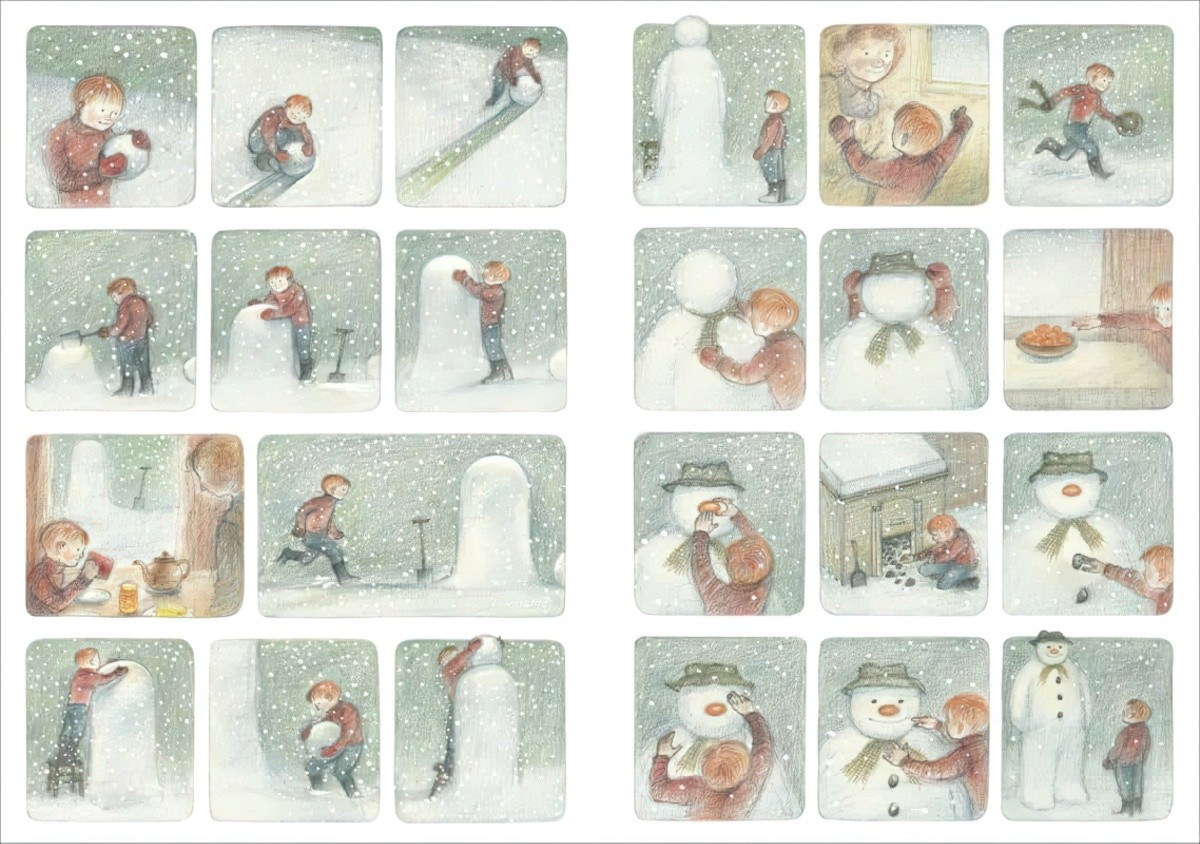
In this case, the change in hue from warm and ochre to blues and purples, indicates the transition from the real world to the fantasy one.
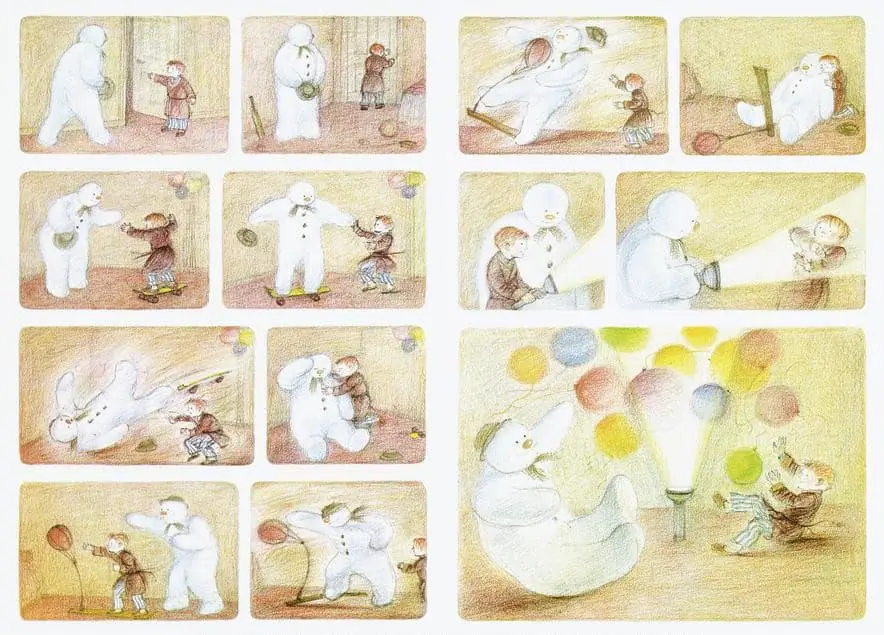
MORE USE OF PURPLE IN CHILDREN’S BOOK ILLUSTRATION
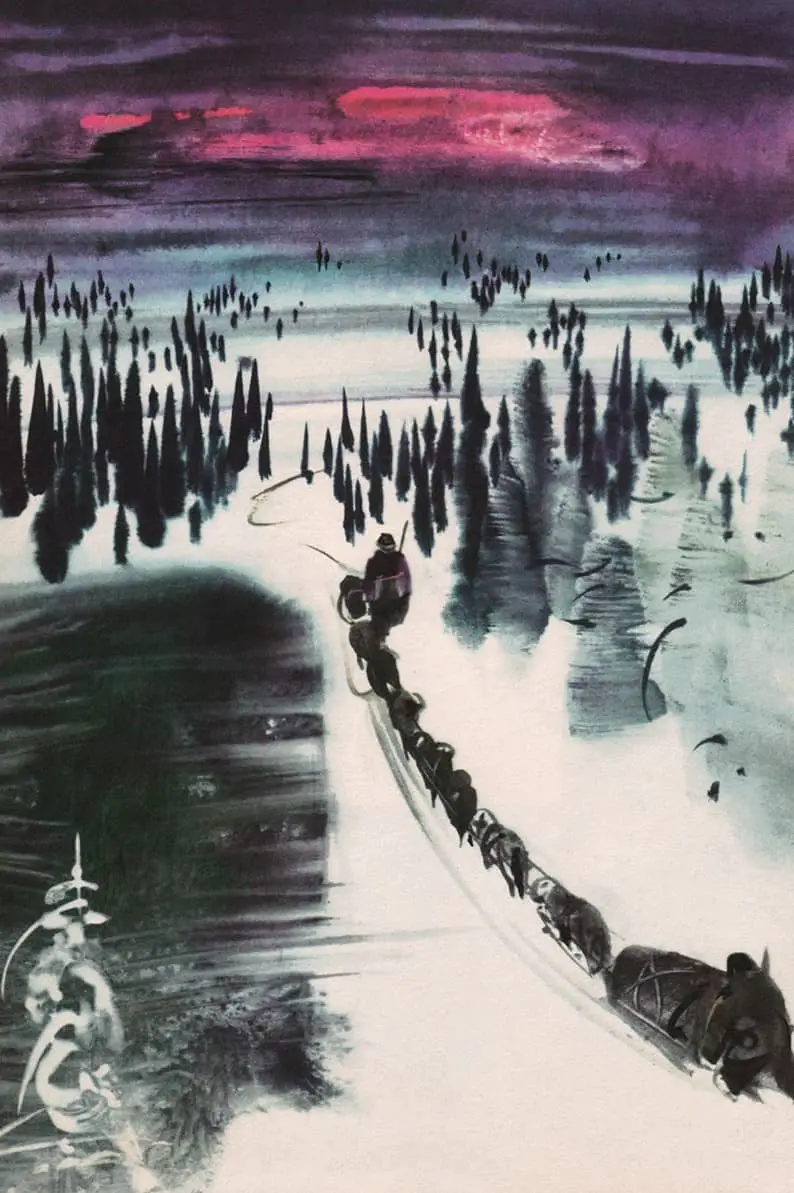
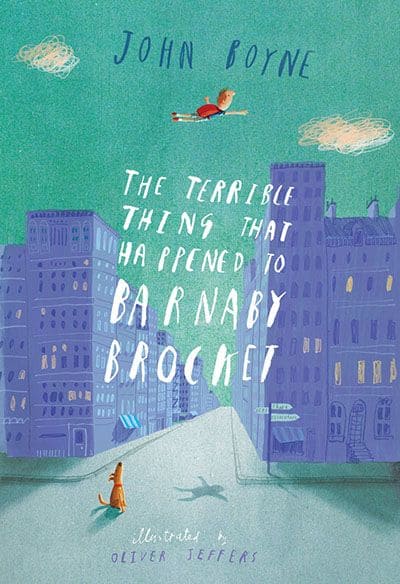
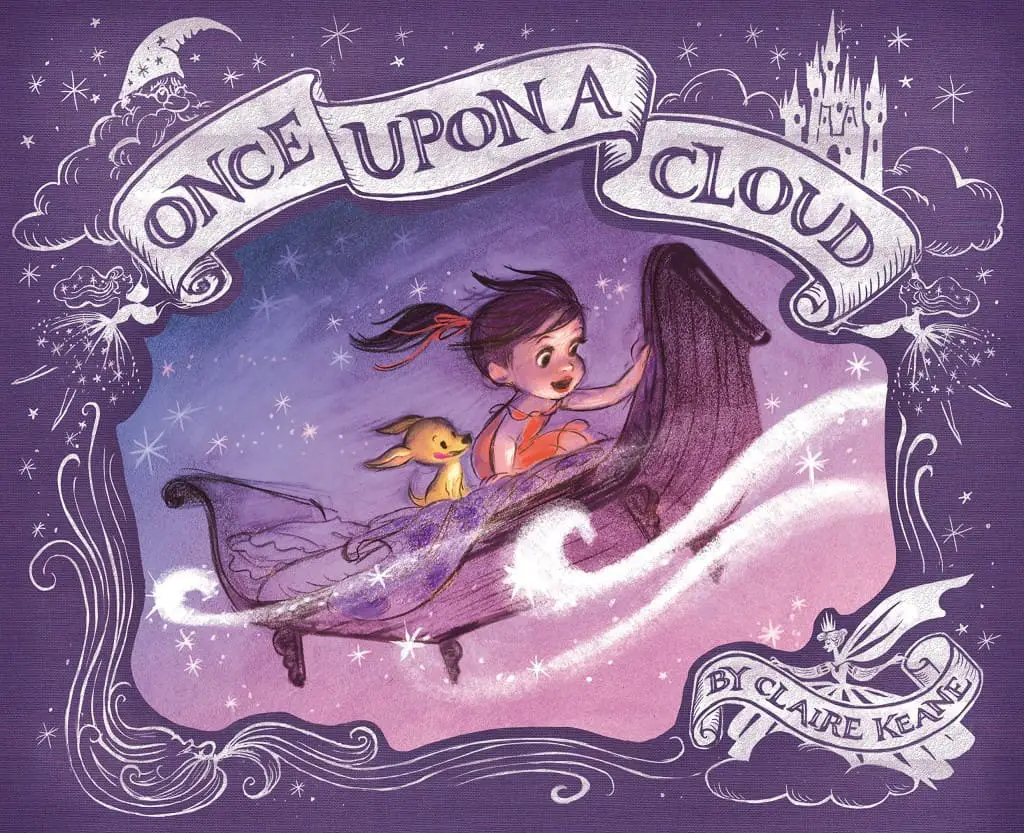
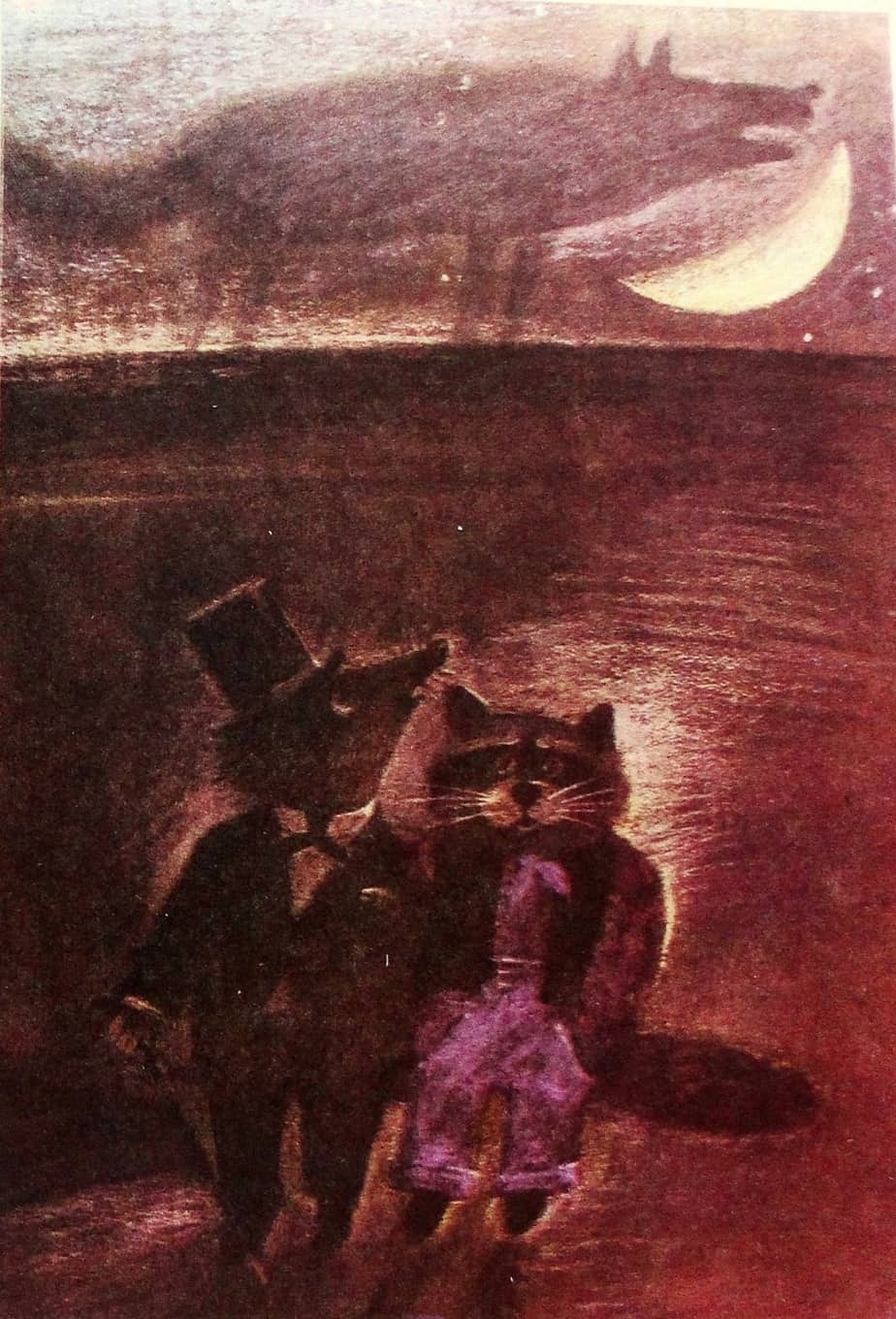
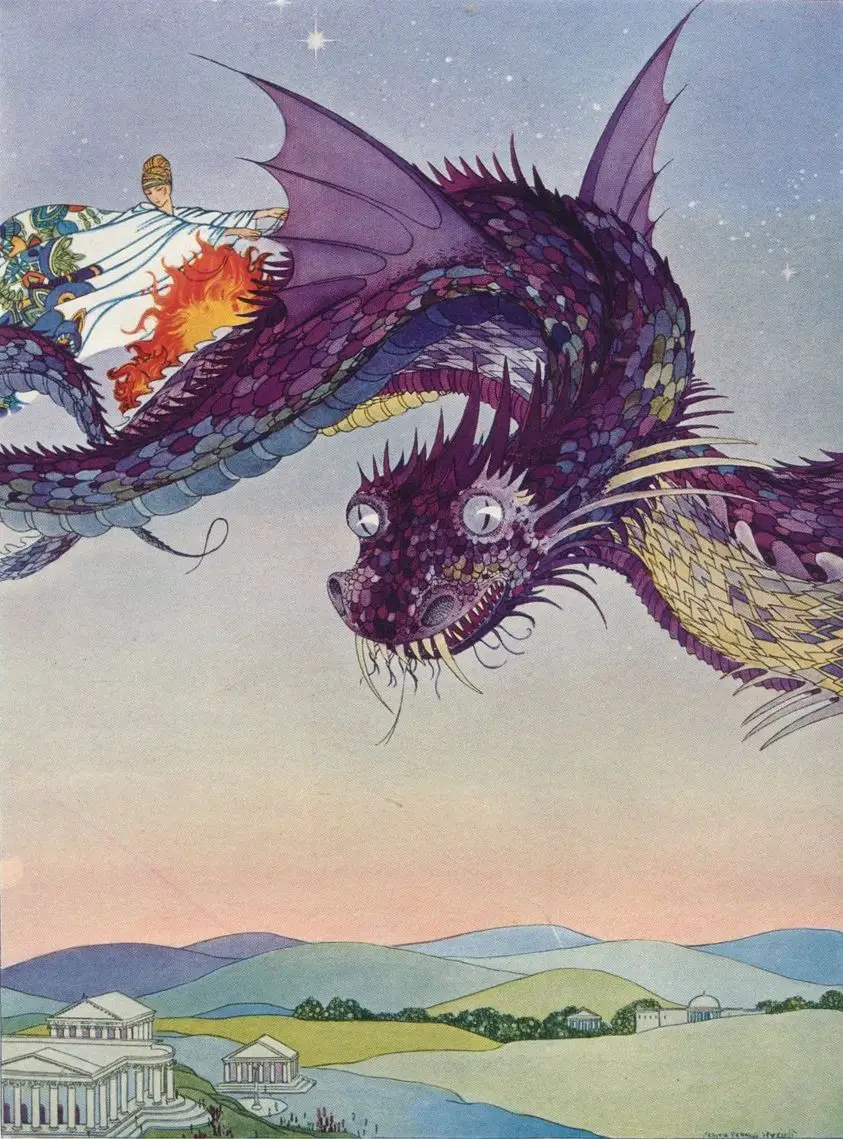
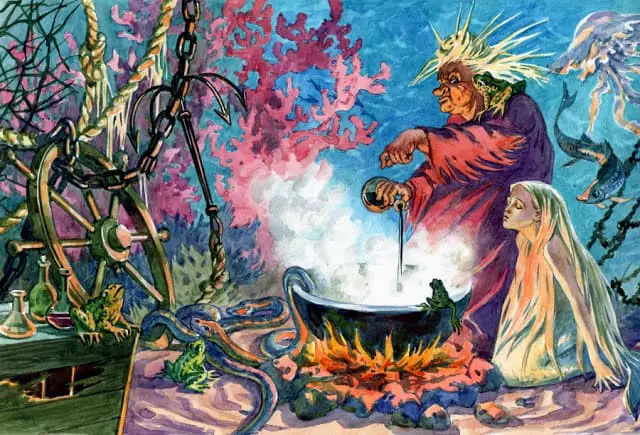
E. Popkova – Silver Hoof. Notice how purple is used for the night scenes, and the complementary colour yellow is used for the daytime scenes. To keep the colours harmonious across pages, a little purple is used in the daytime scenes, and yellow is used in the night-time scenes.
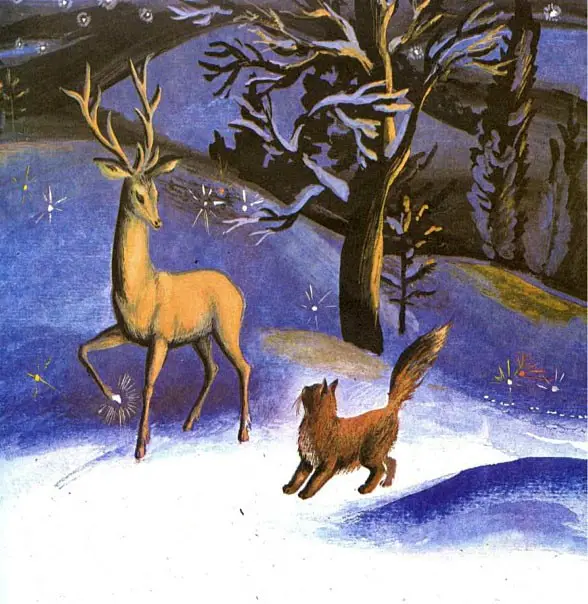
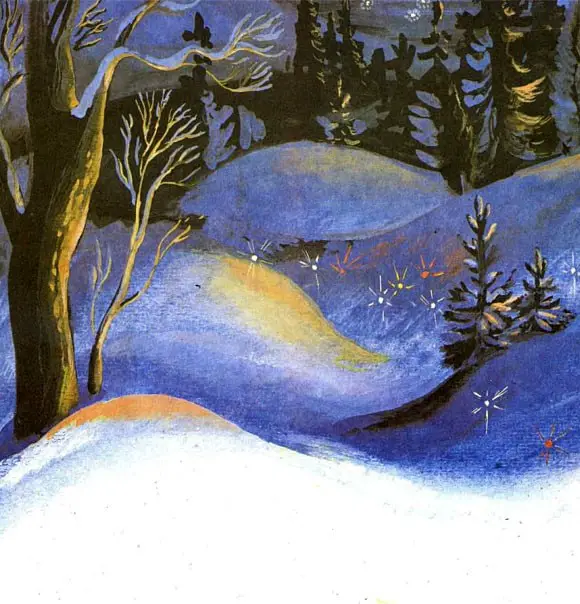
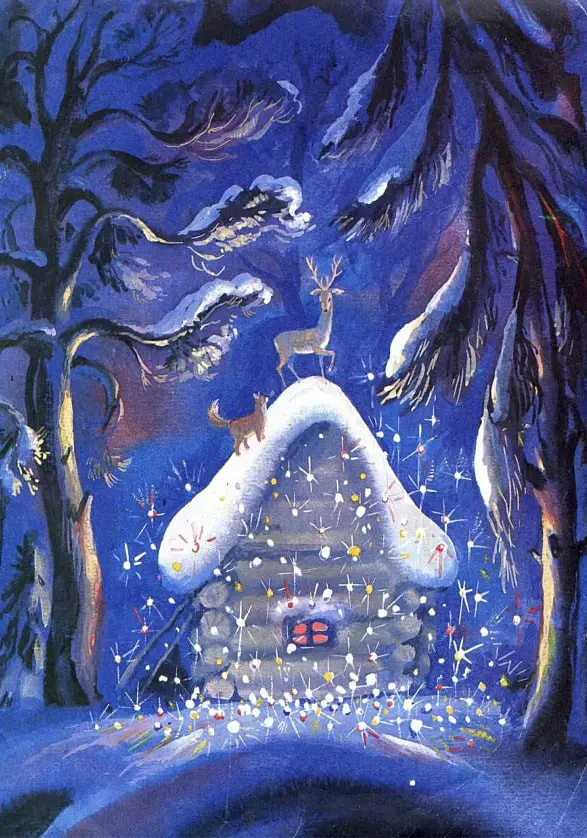
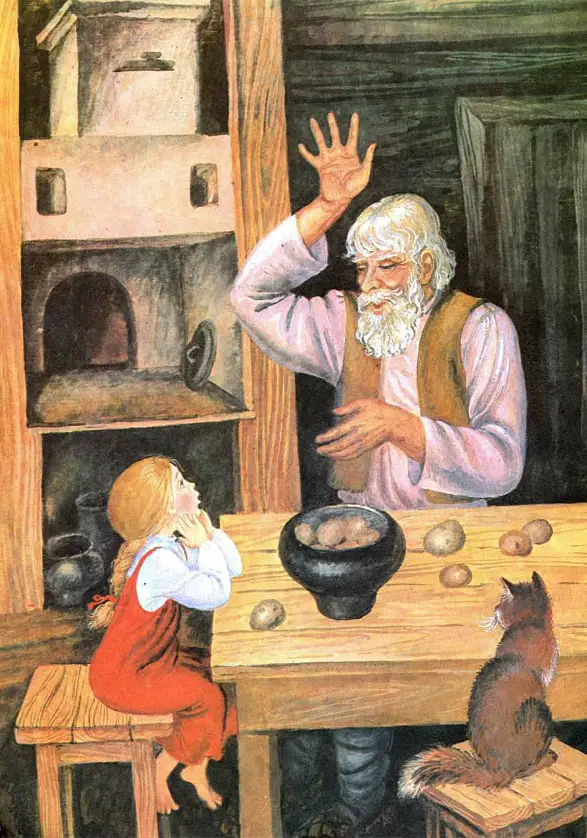
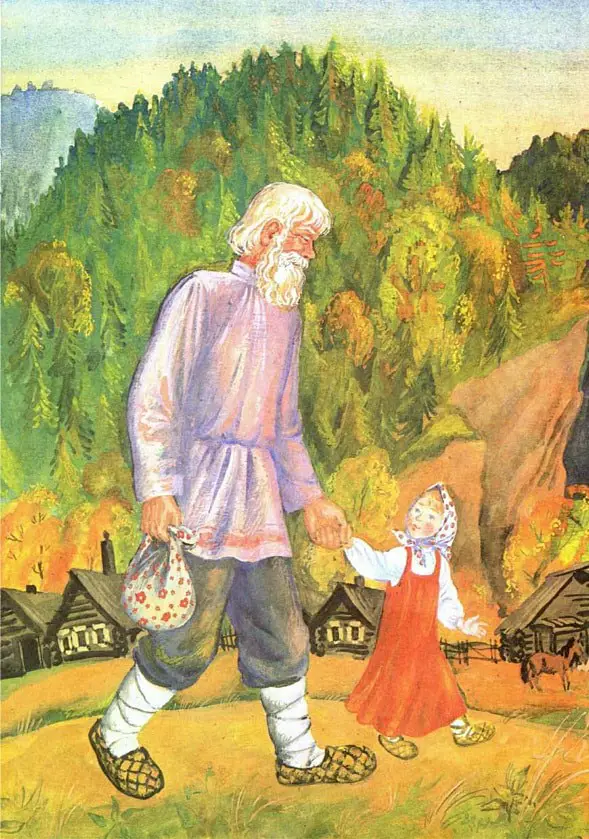
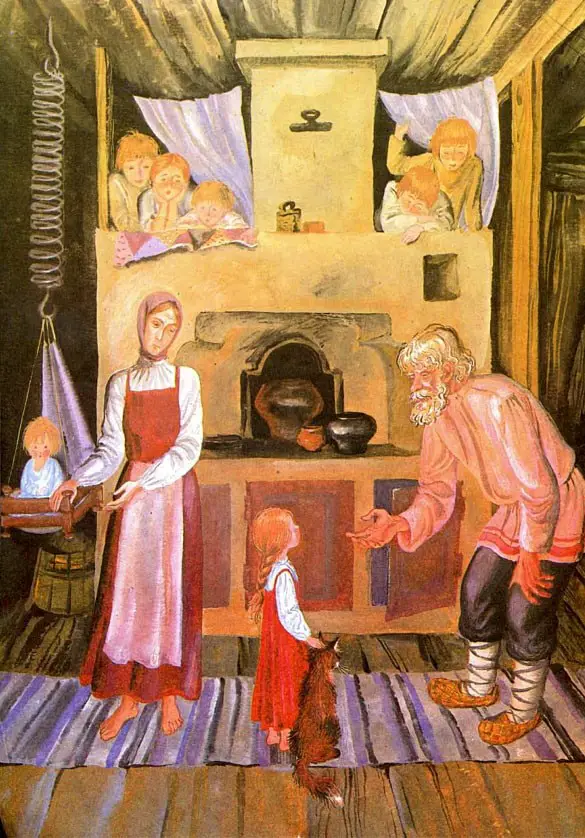
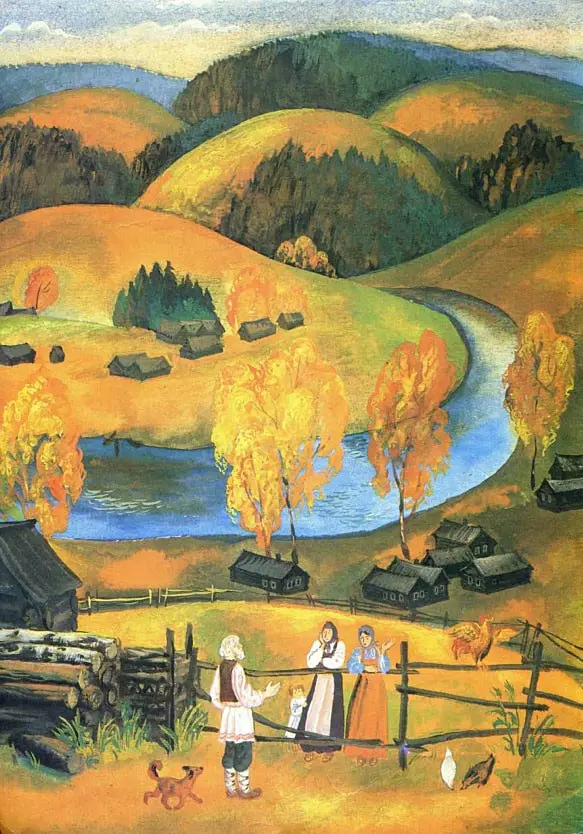
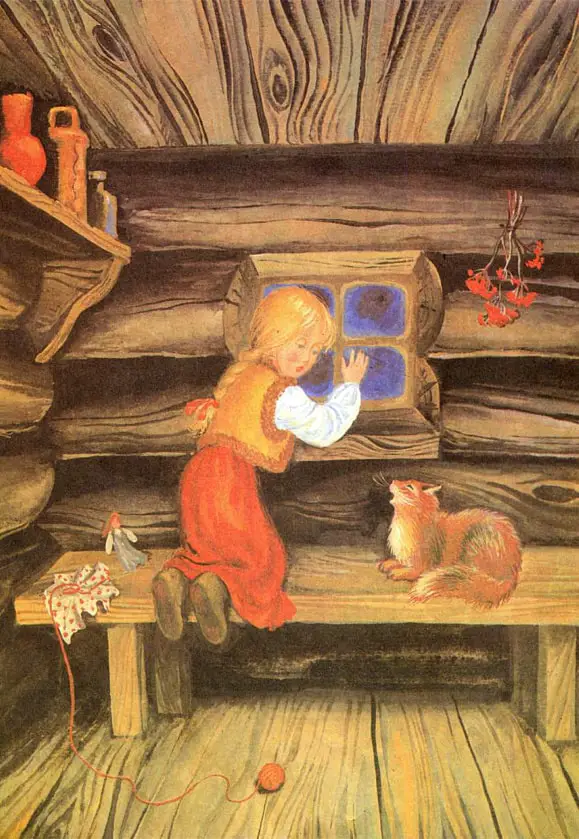
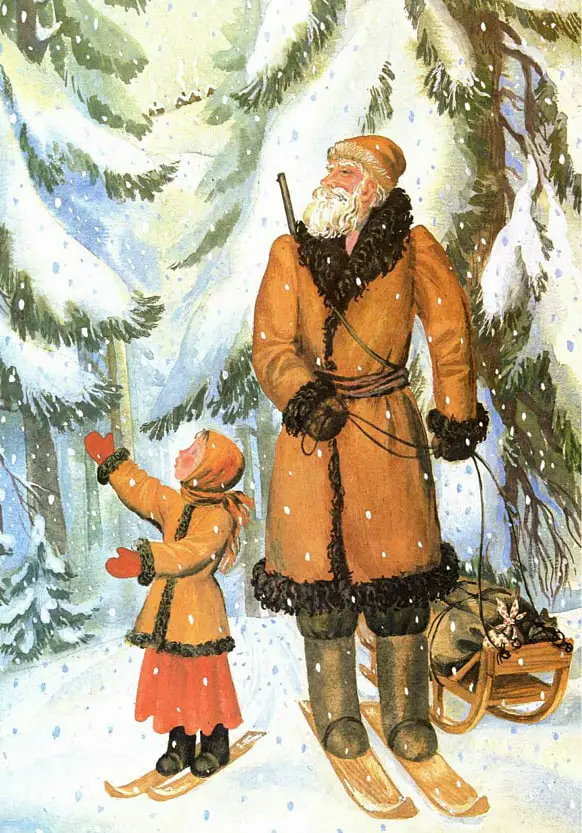
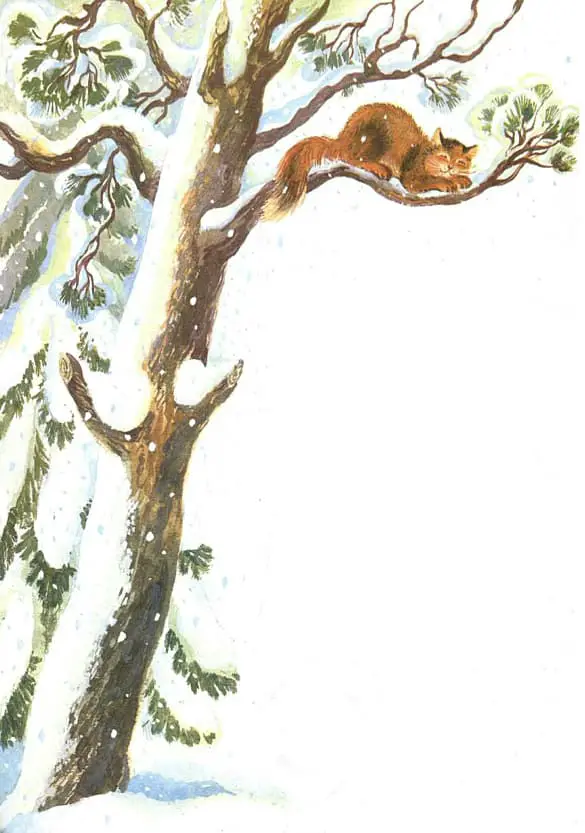
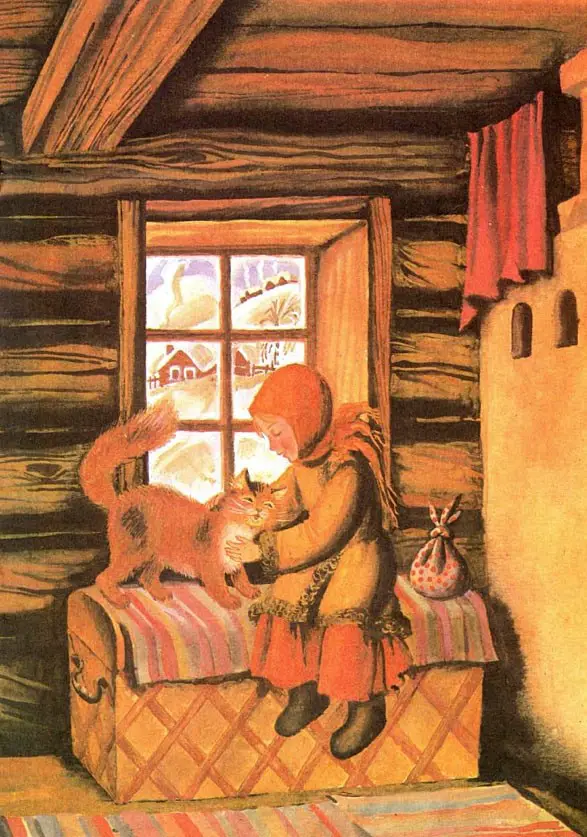
PURPLE IN ART
Below see examples of purple to indicate
- luxury
- night-time
- silhouette
- city smog
- smoke
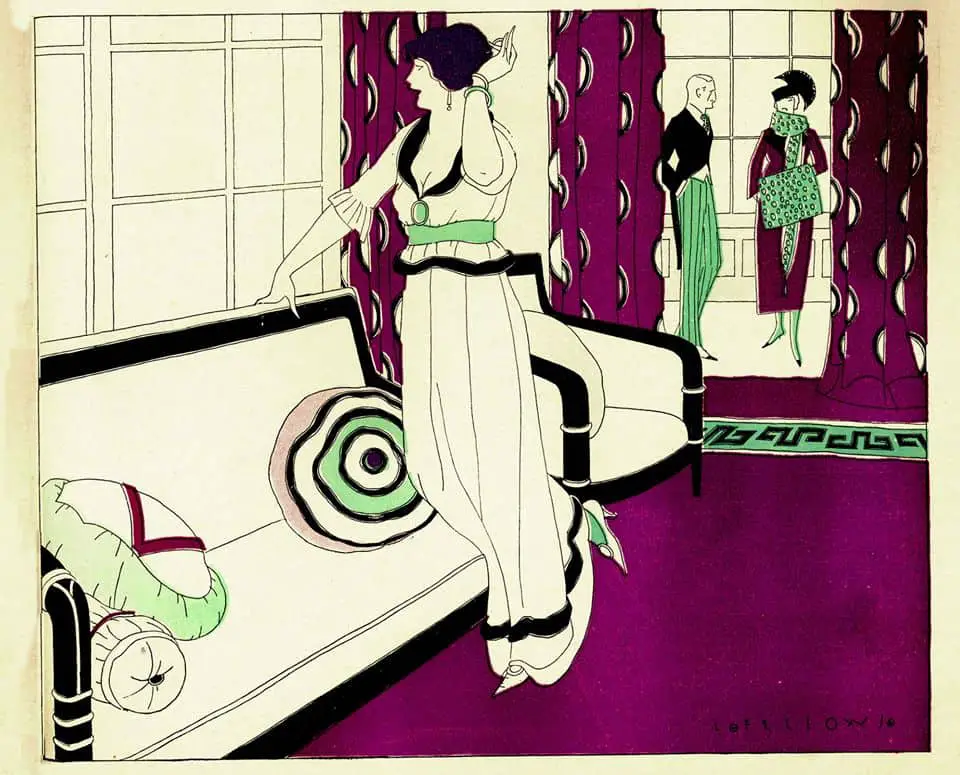
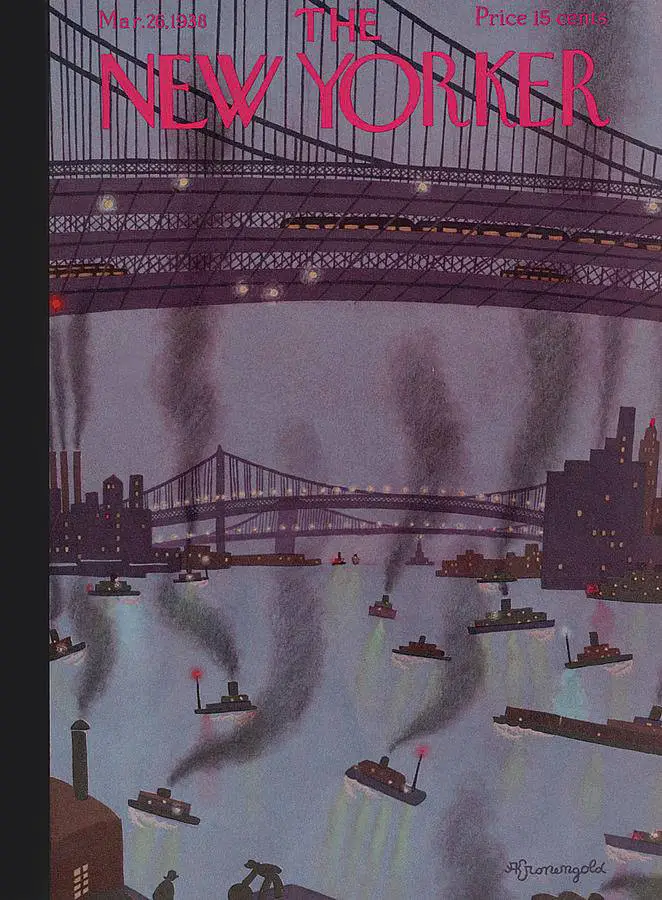
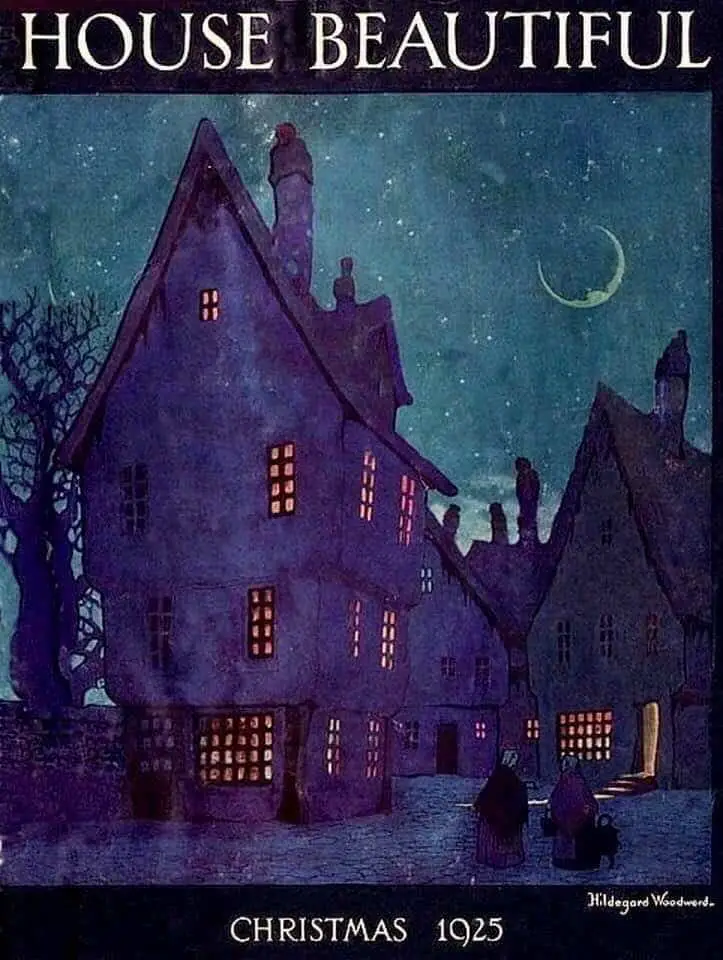
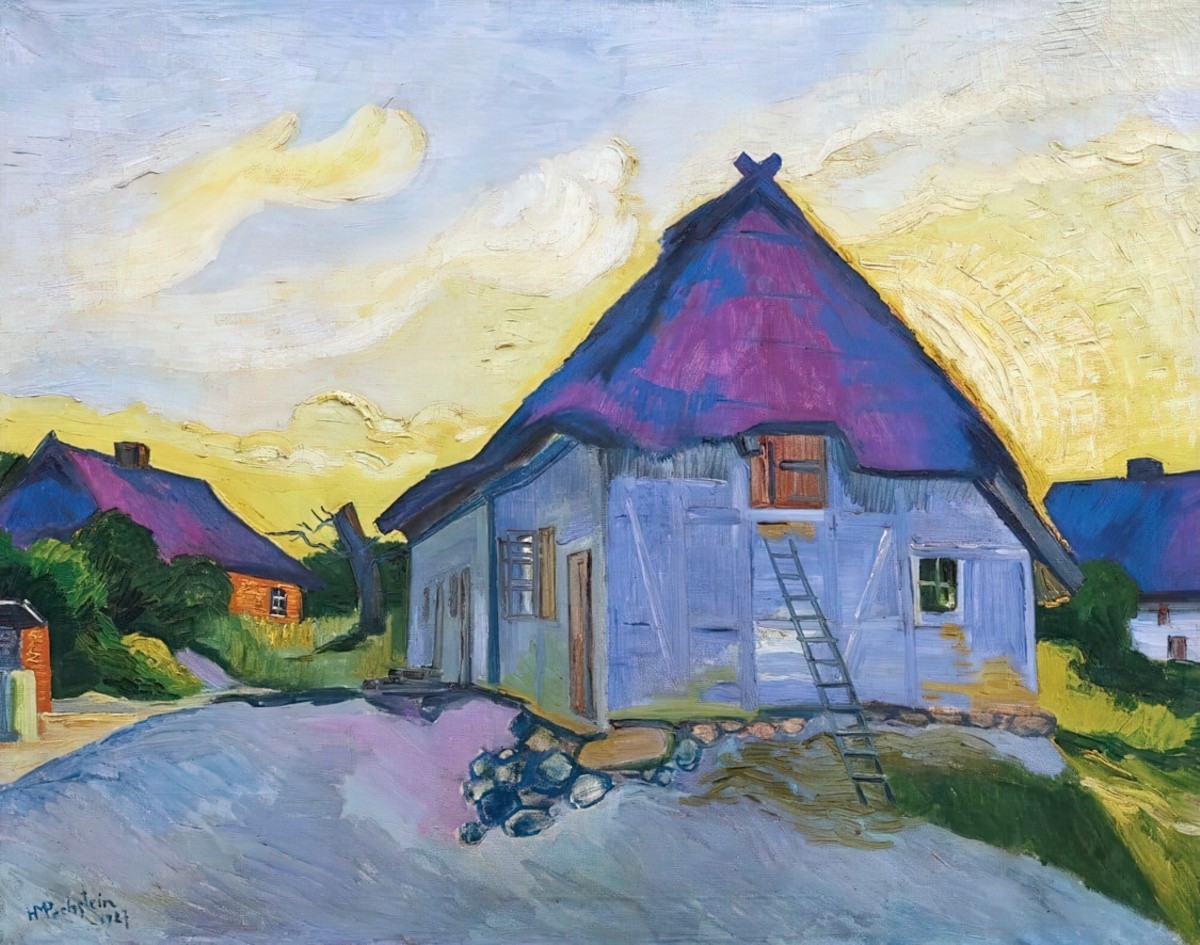
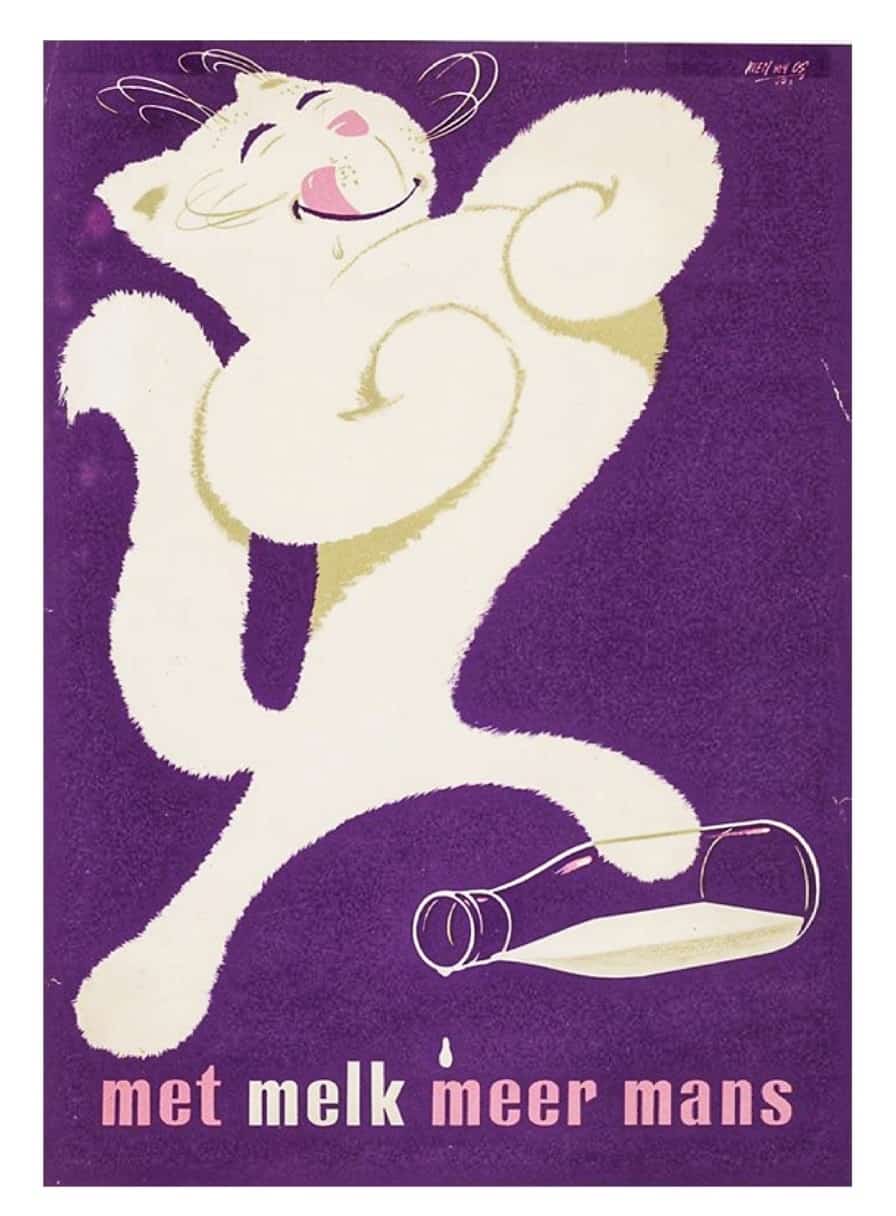
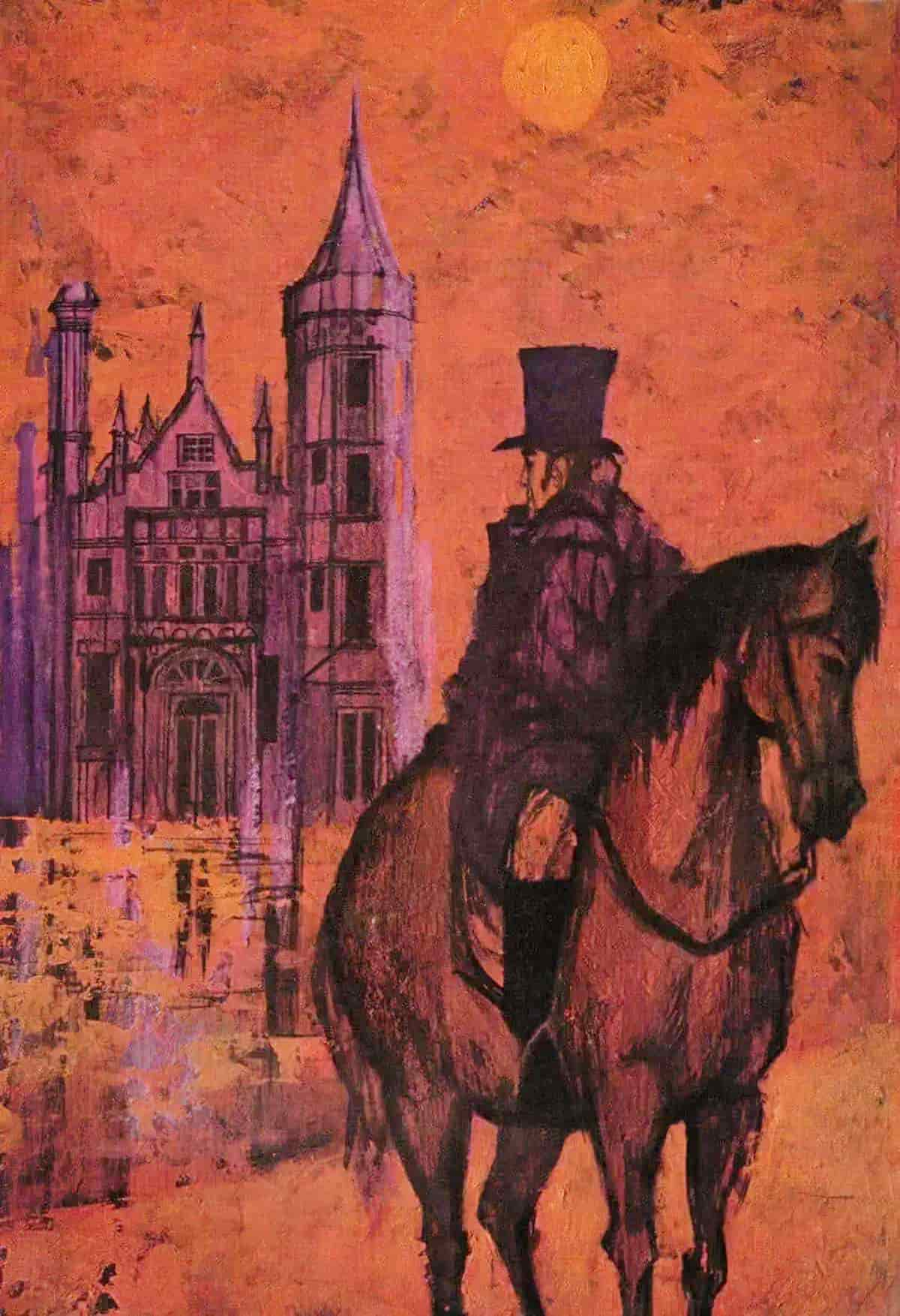
THE VIOLET FLAME
The purple/violet flame is a concept from esotericism and martial arts. It began with Edgar Cayce, later imported into the teachings of Elisabeth Clare Prophet. The flame is supposed to be a trait of the “Ascended Master Saint Germain”. It is a representation of the Holy Sprit, and important when it comes to the changing of one thing into another (transmutation). The flame is a ‘universal solvent’.
In Romania, the violet flame (flacăra violetă) has had a very real effect on their political system. During a tight race in 2009, one candidate was thought to have been helped by magic. Traian Basescu was the incumbent and Mircea Geoana was contender. (If you’re familiar with the American debate between Nixon and Kennedy, this one was apparently similar — an old, tired incumbent versus a fresh young face.) Head of the PSD (Partidul Social Democrat) campaign, a guy called Viorel Hrenenciuc, told voters via TV that he’d seen ‘occult influences’ with his own eyes, and that Basescu was helped in his debate with the violet flame. Next, a former official of the Romanian military with a doctorate in ‘non-conventional threats’ went to town with it and expanded the story into something truly bizarre. ‘Invisible forces were being used from afar to affect the ‘mental clarity’ of the candidates.
For more on that story see this paper. The prime minister started wearing a lot of purple. Anyway, long story short, Mircea Geoana lost that election. On TV, his wife told the anchor that her husband was ‘attacked energetically’.
James Jacques Joseph Tissot uses purple as accent colour in both paintings below.
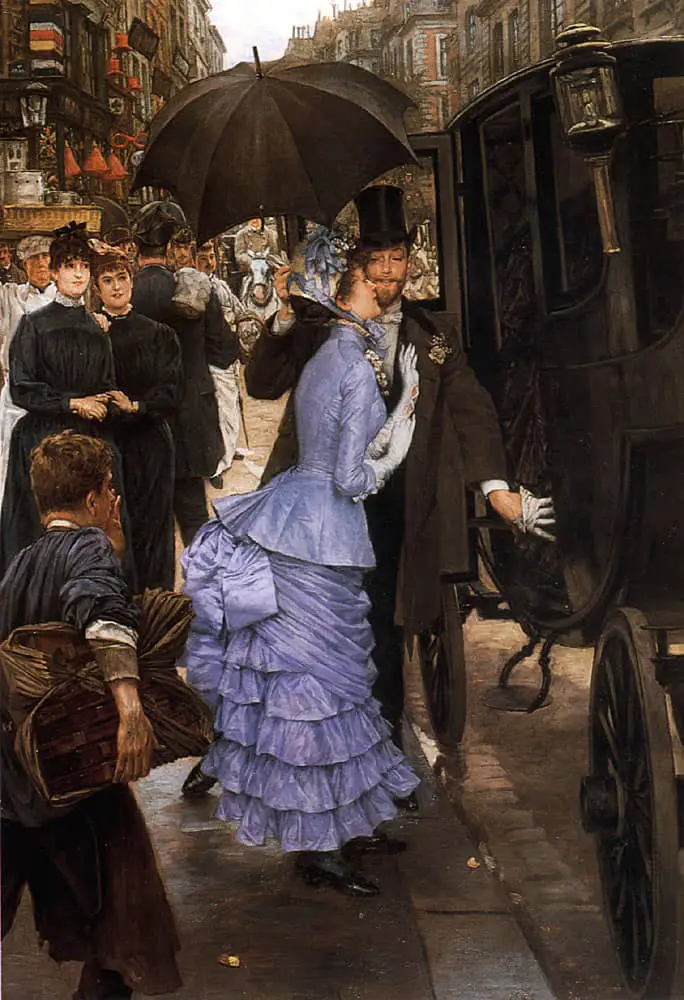
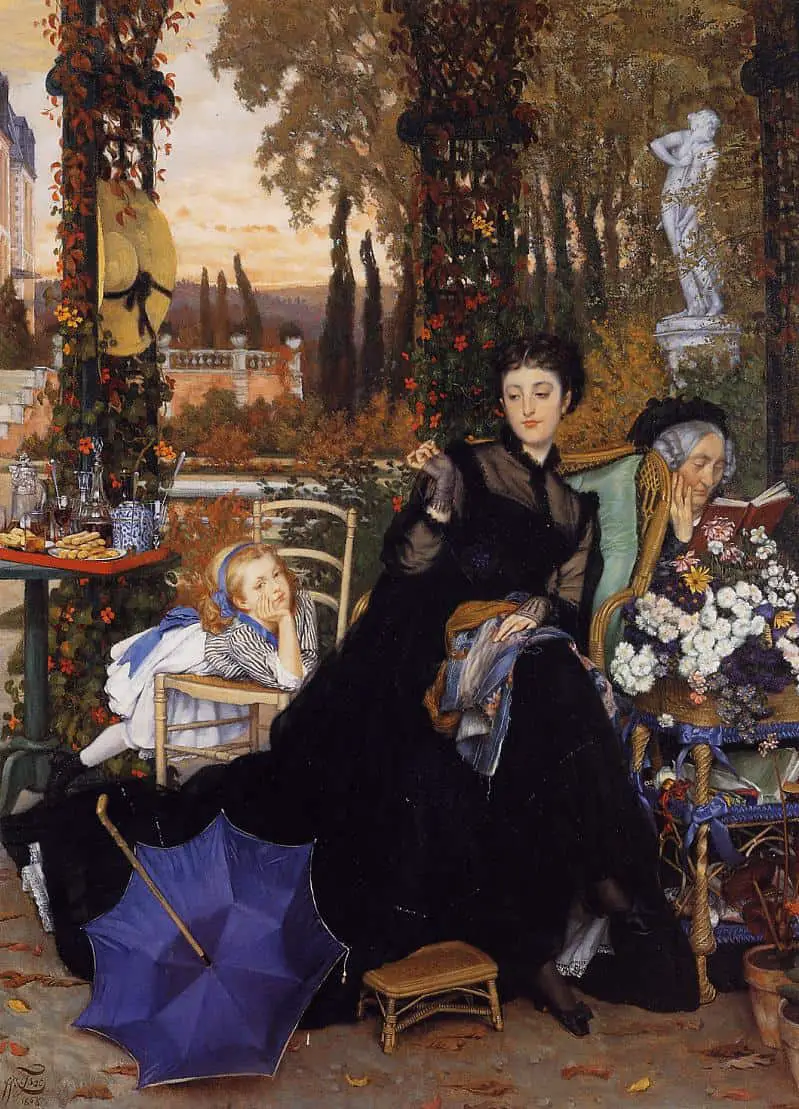
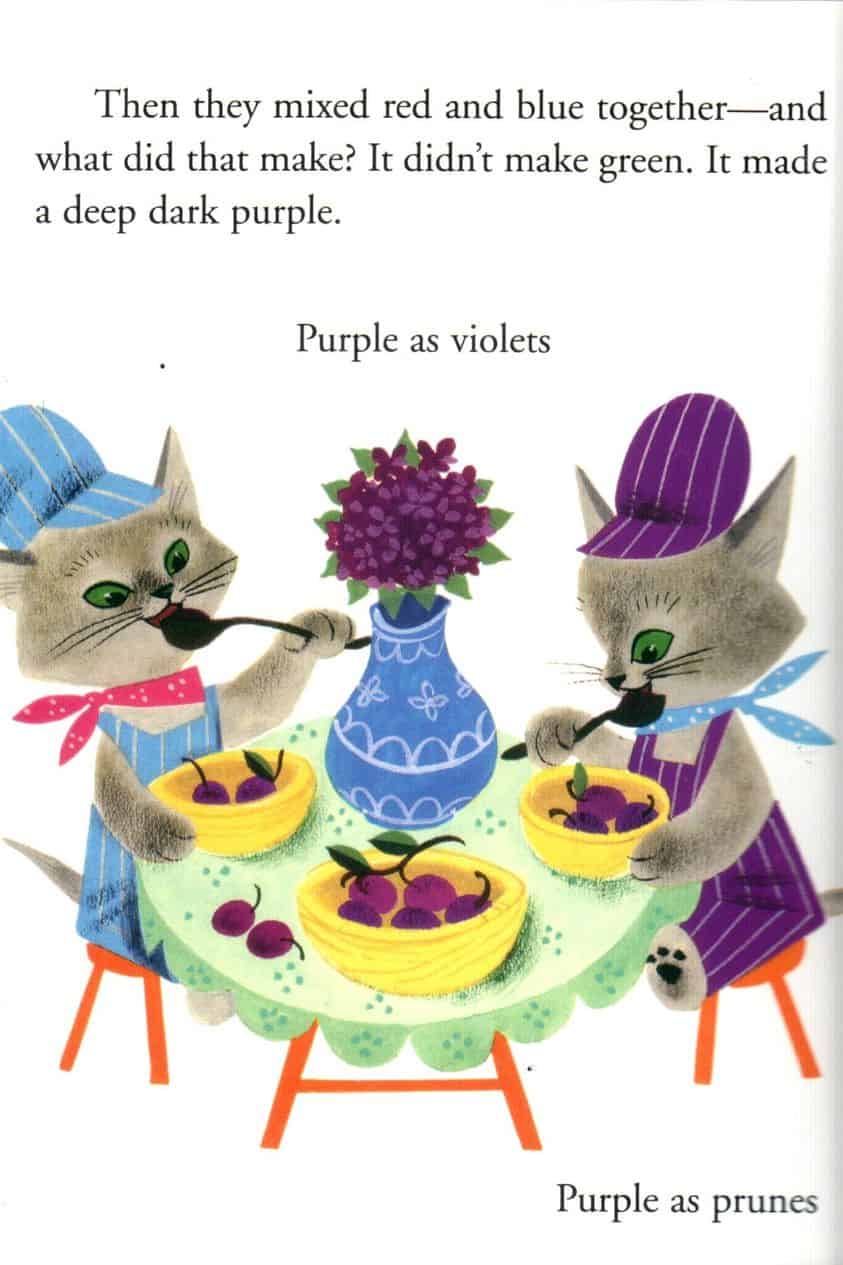
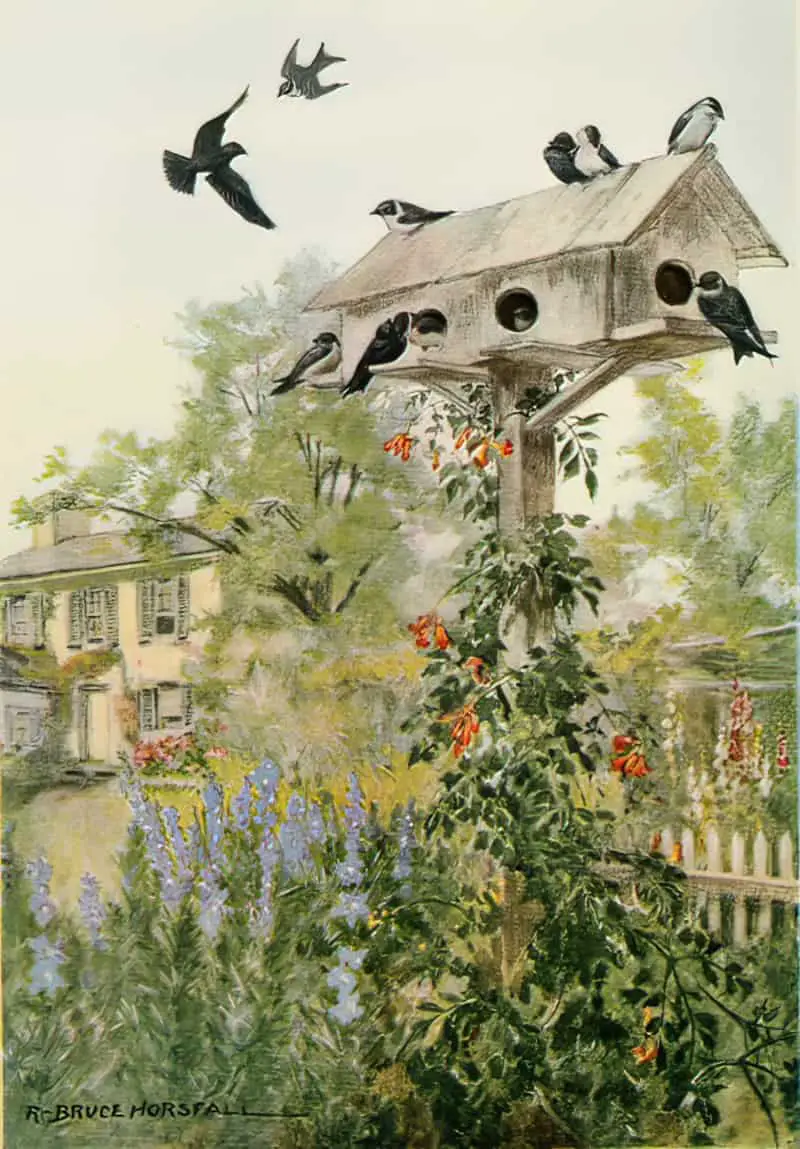

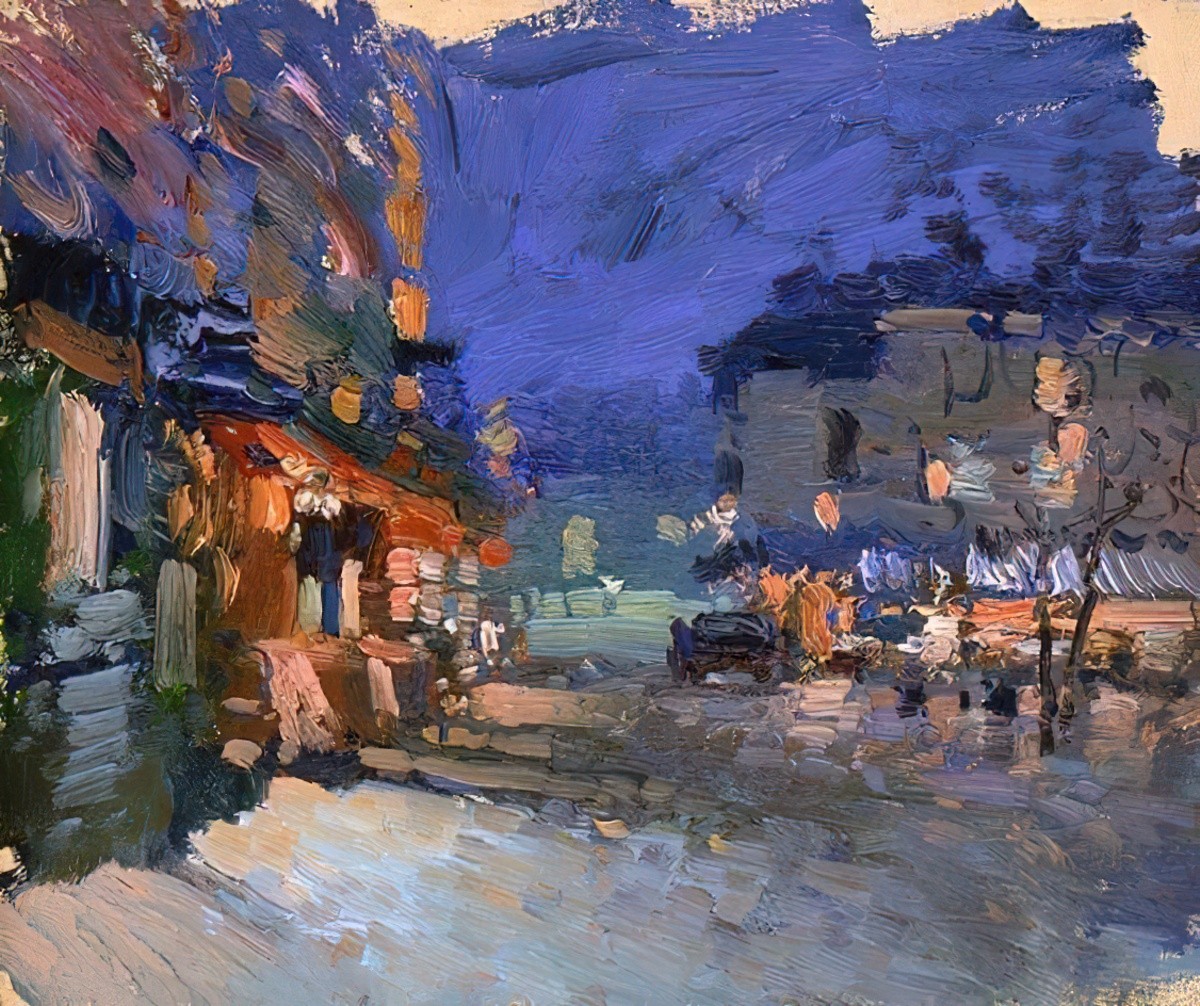
FURTHER READING
Blueberries For Sal by Robert McCloskey at first glance appears to be inked in black, but look again; the ink is the colour of blueberries.
Header illustration: The Carnaval A Book Of Poems by Sef Roman Semenovich and Leonid Roshidaev 1994.
